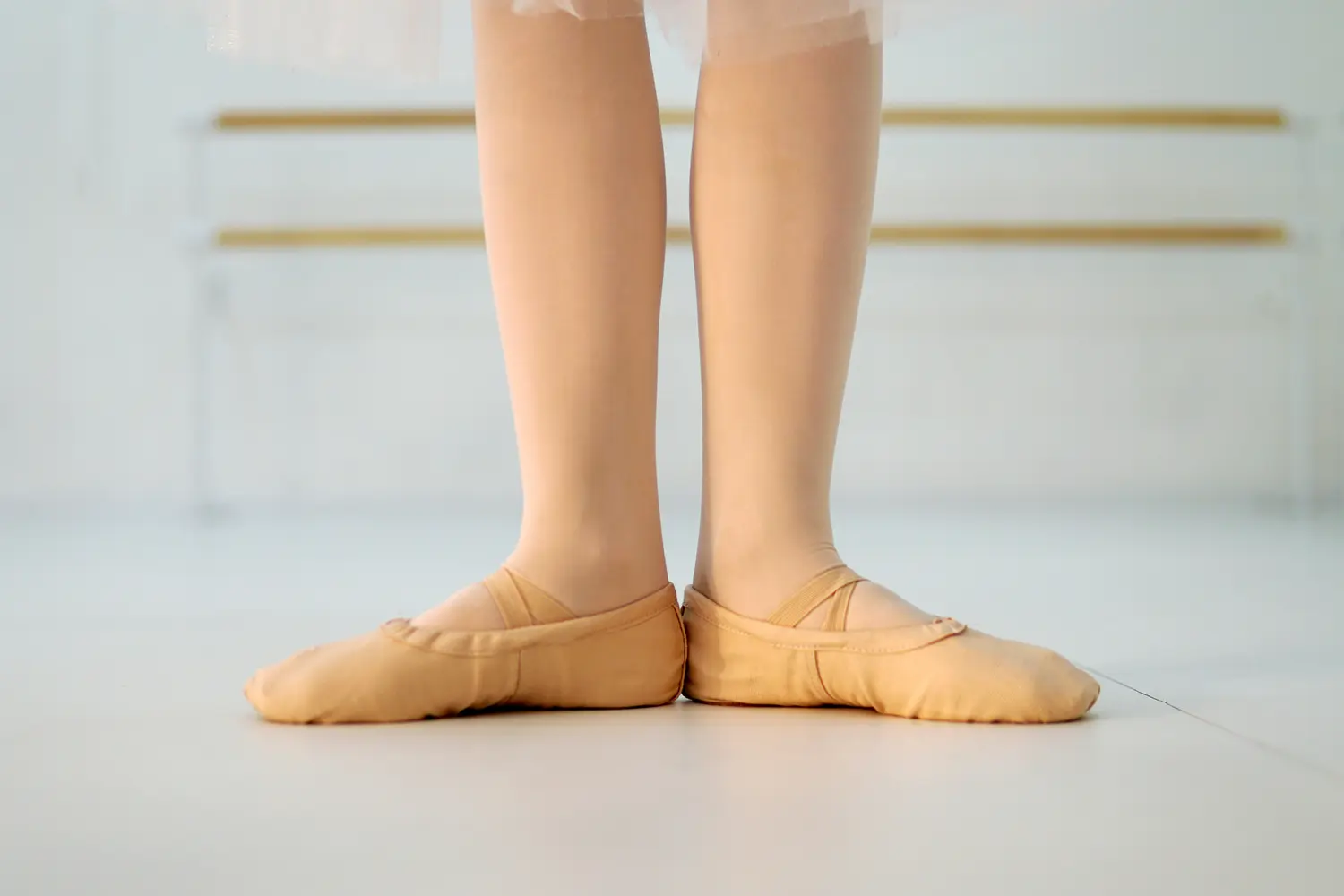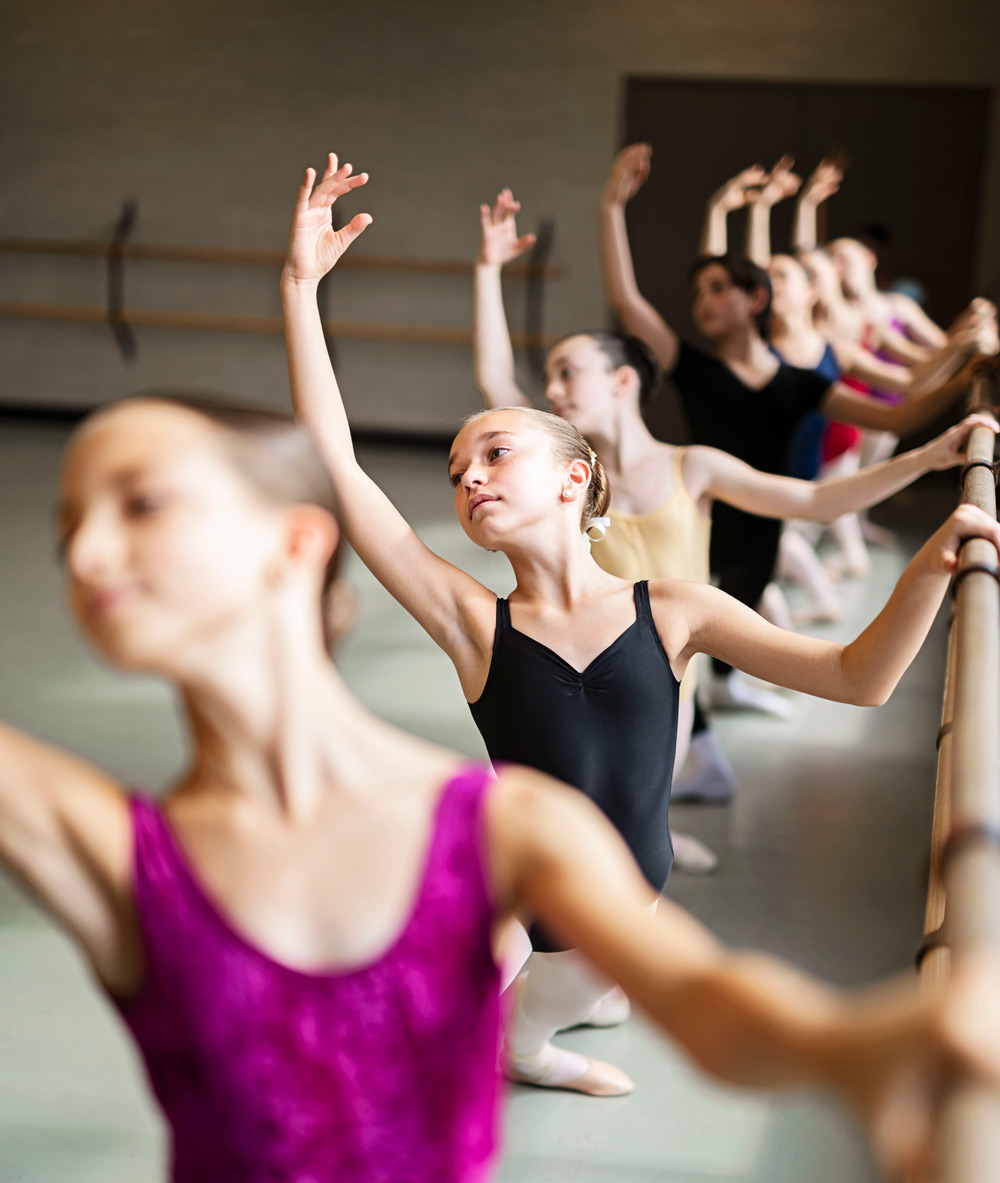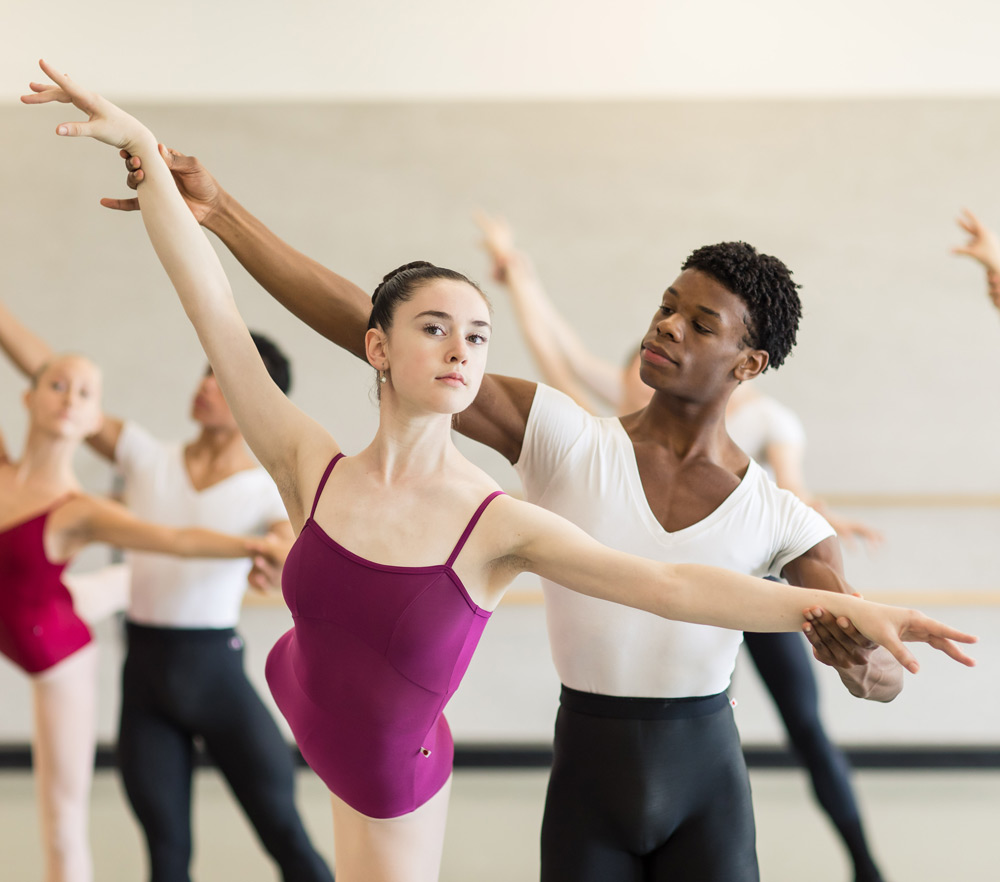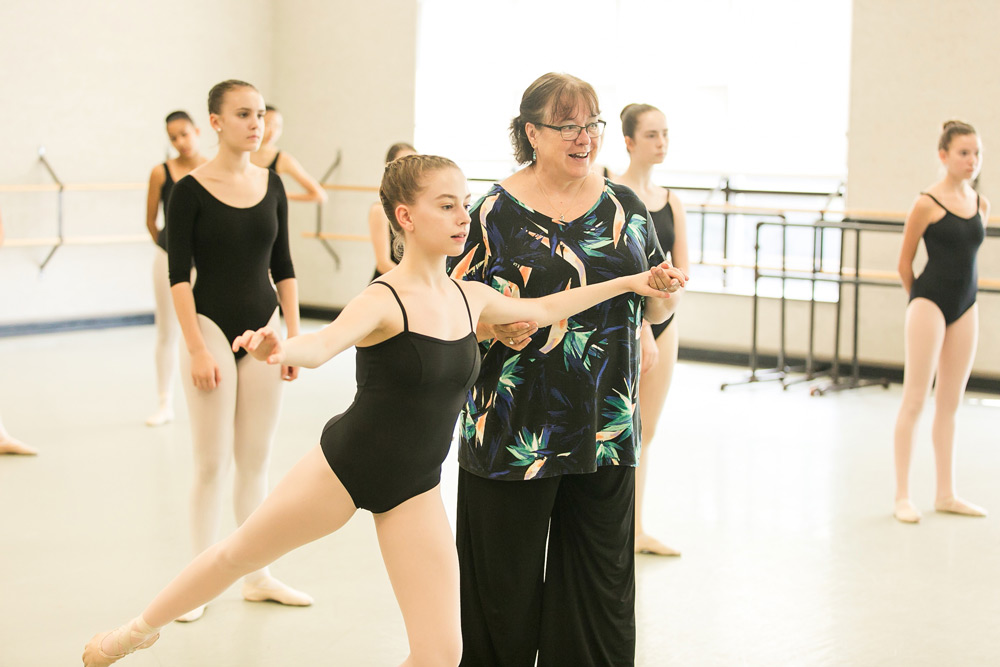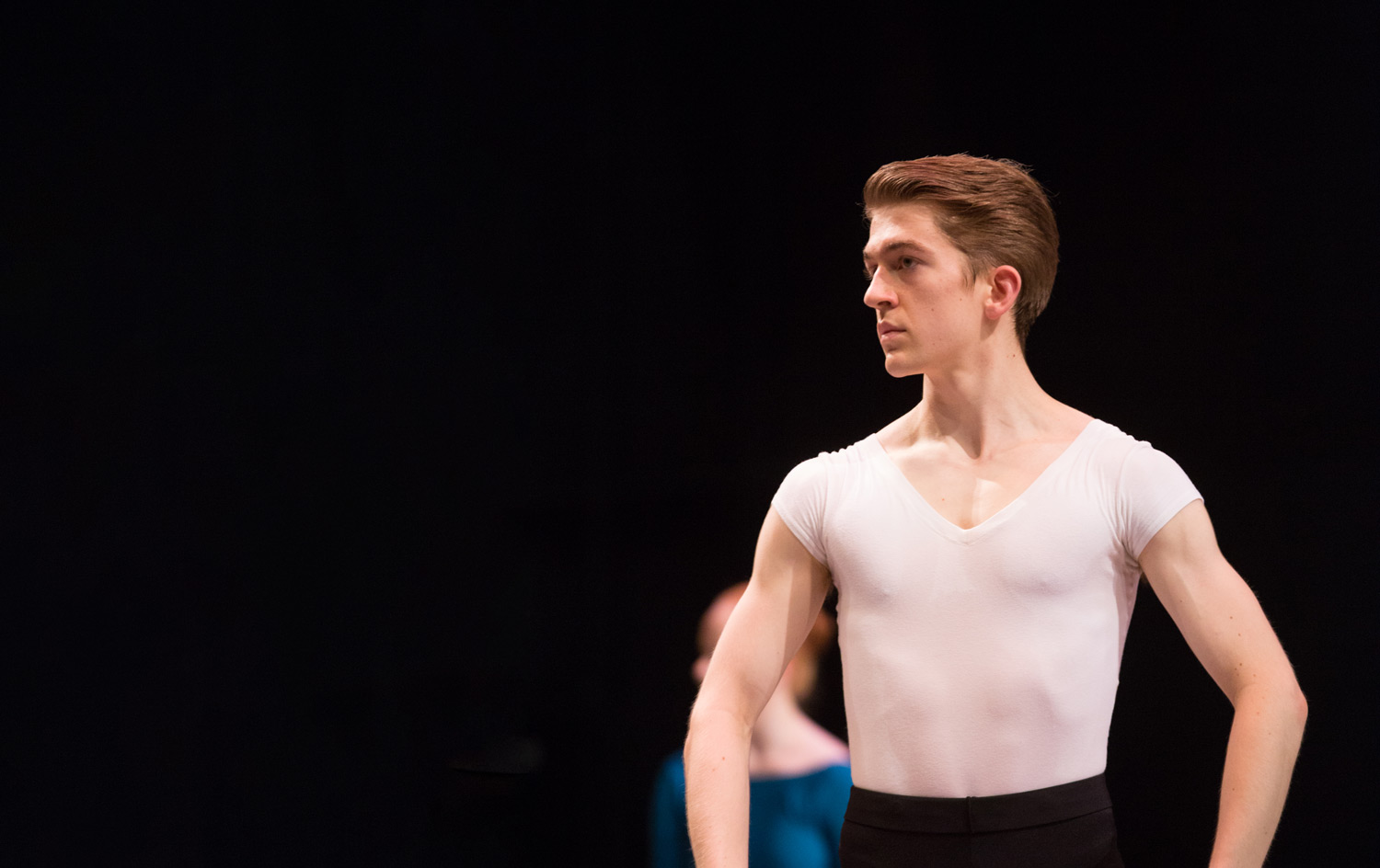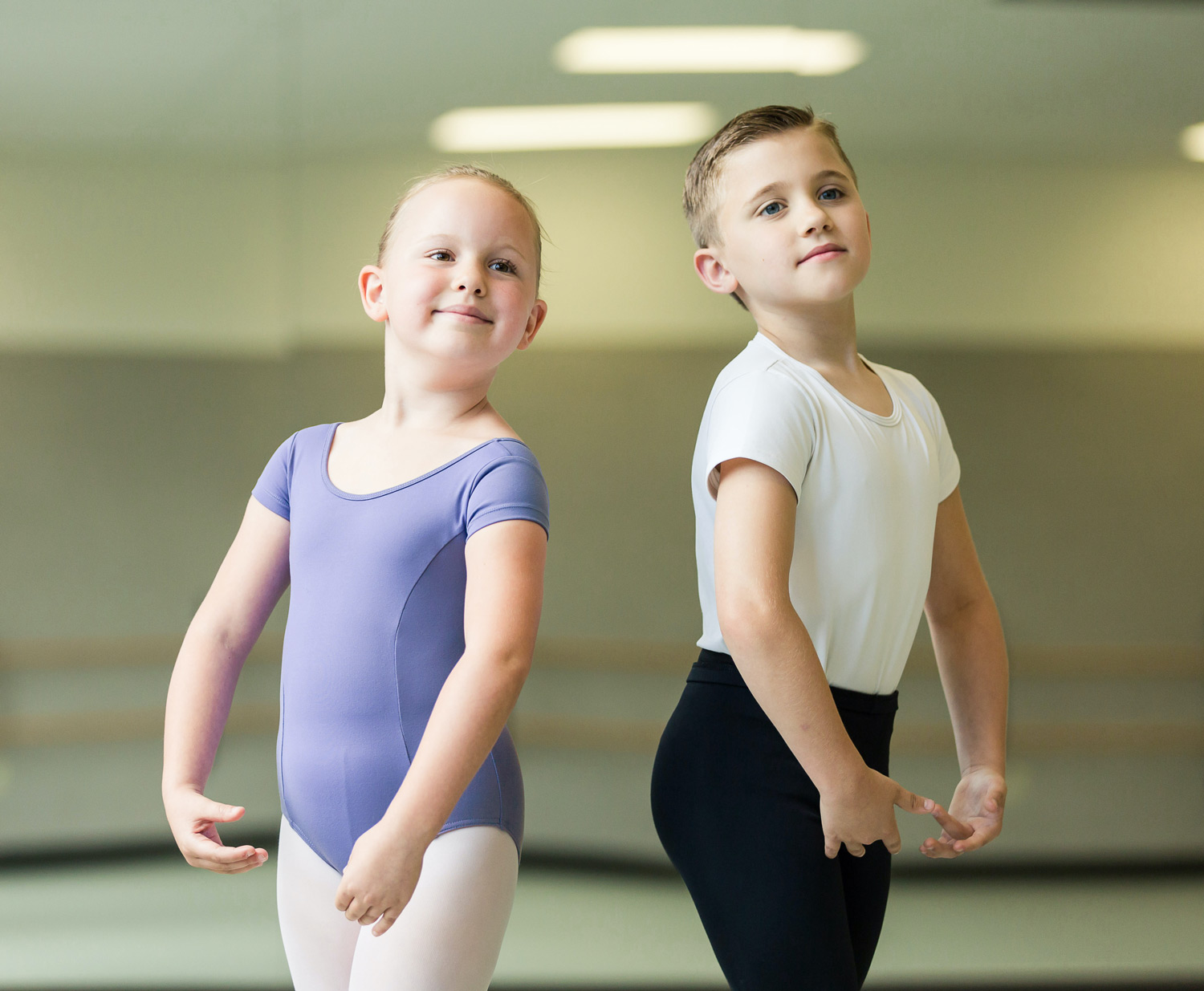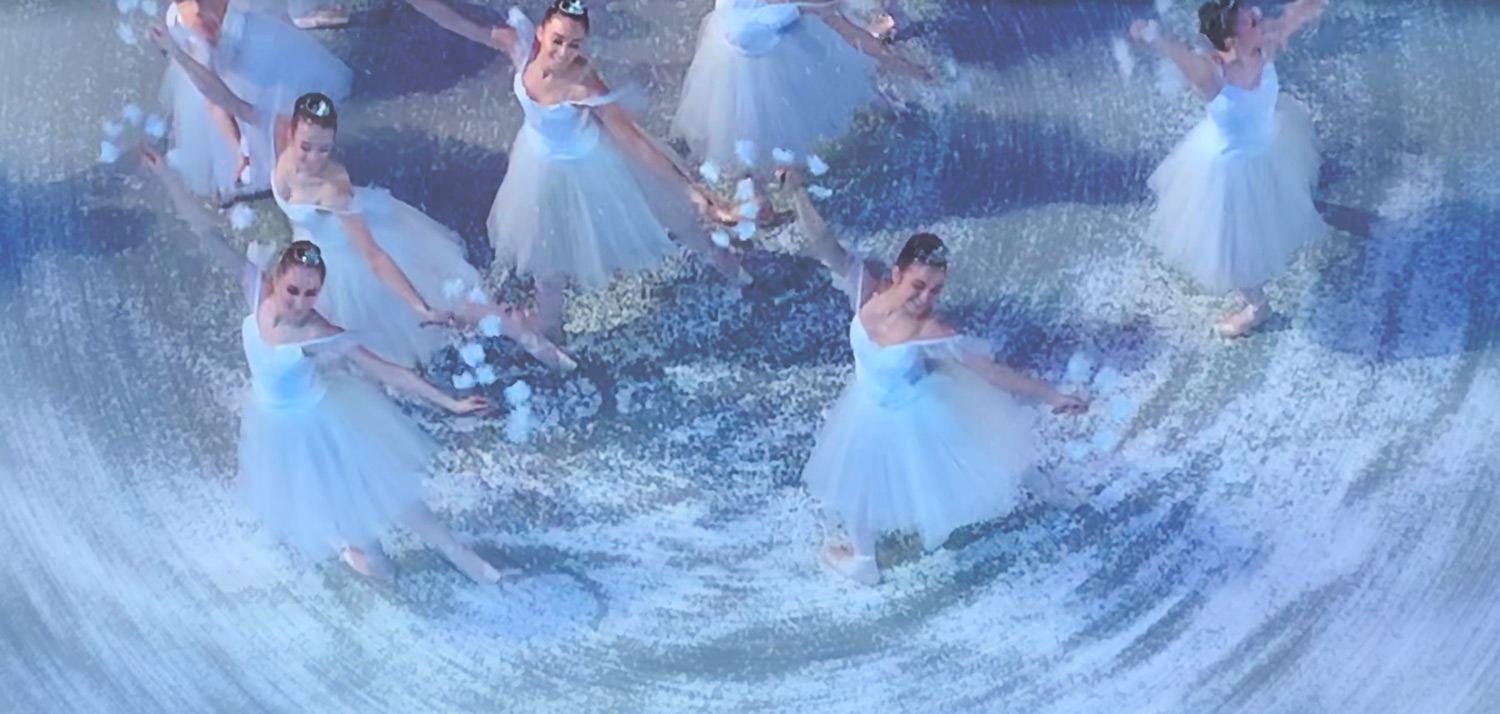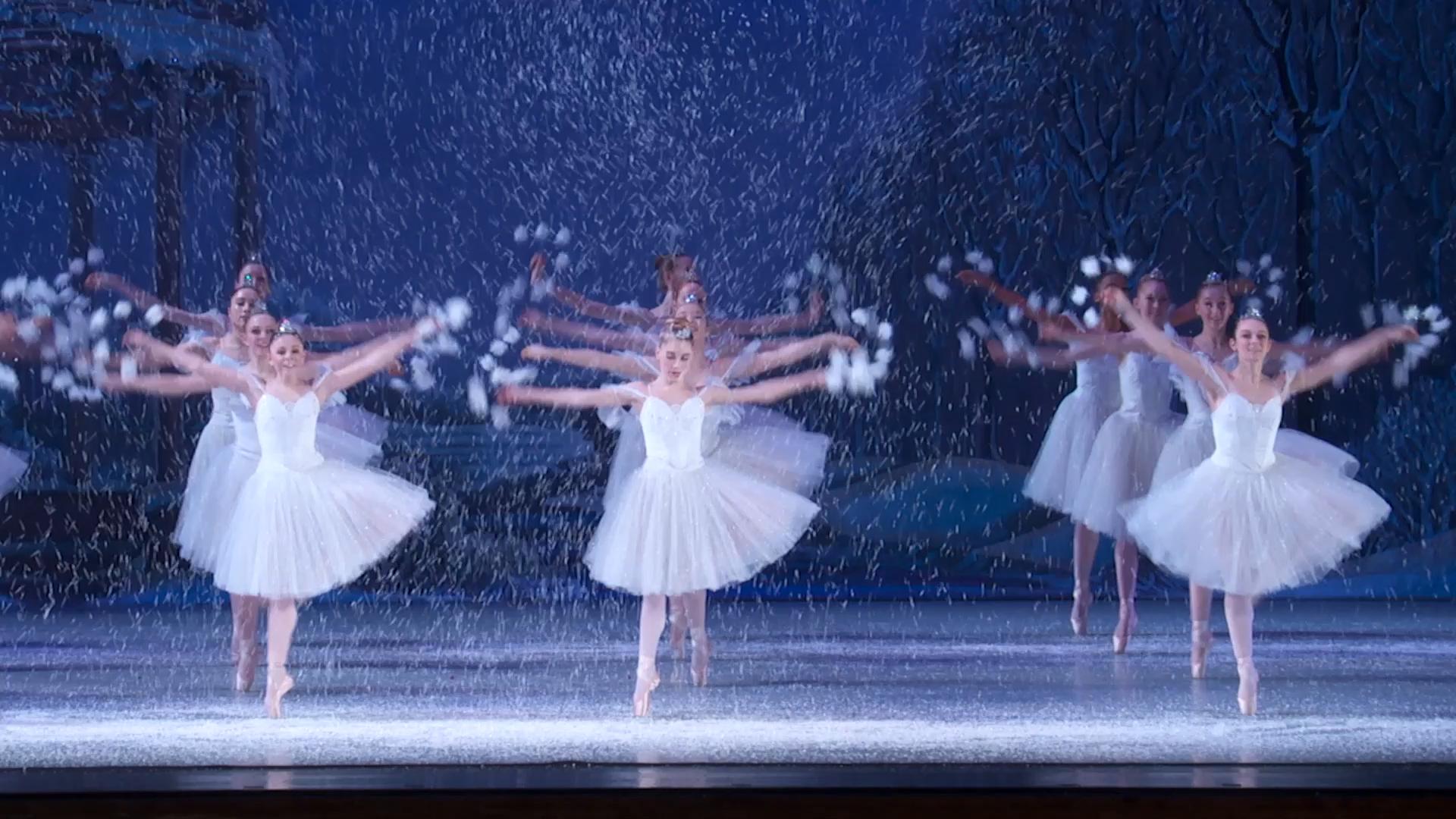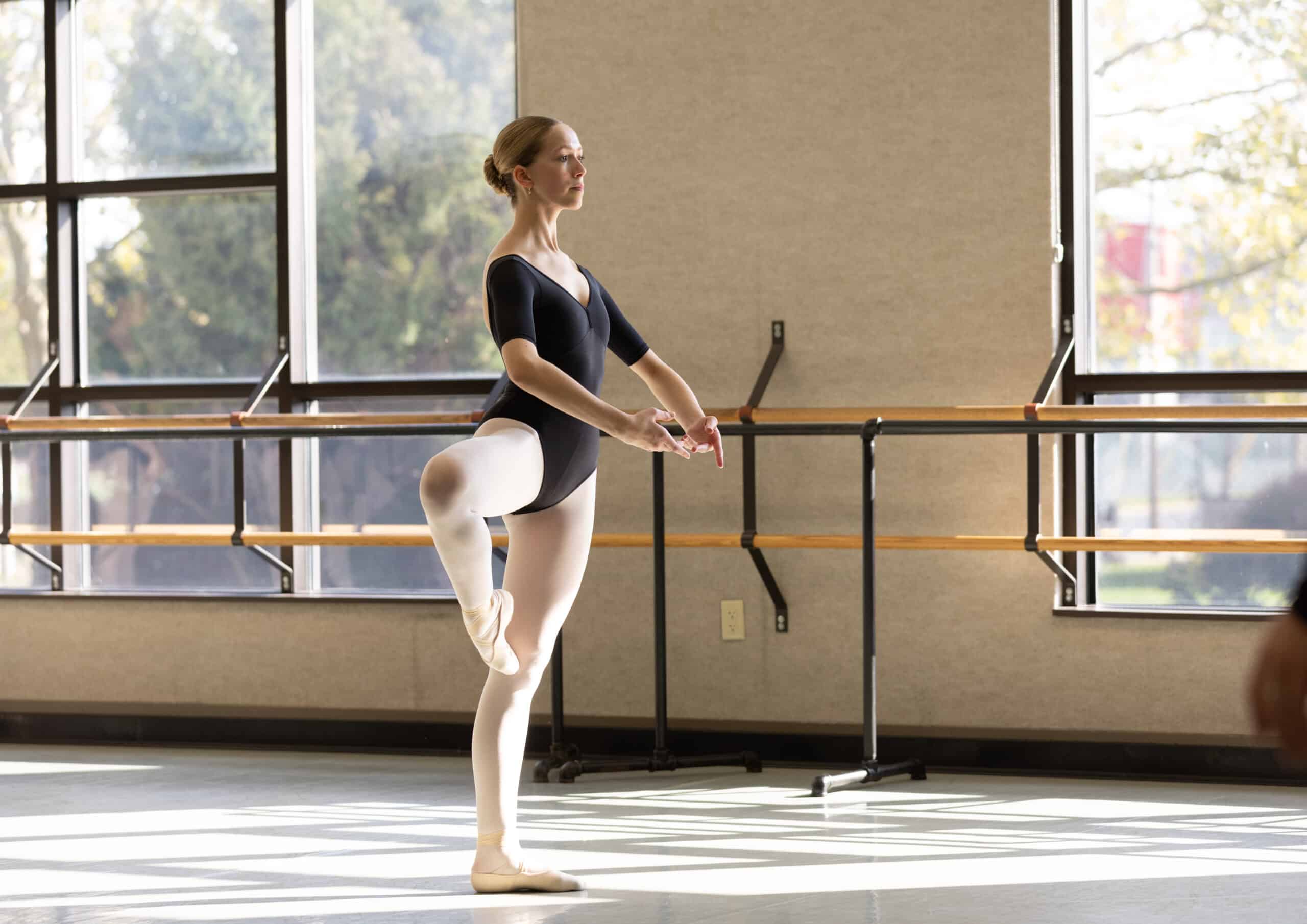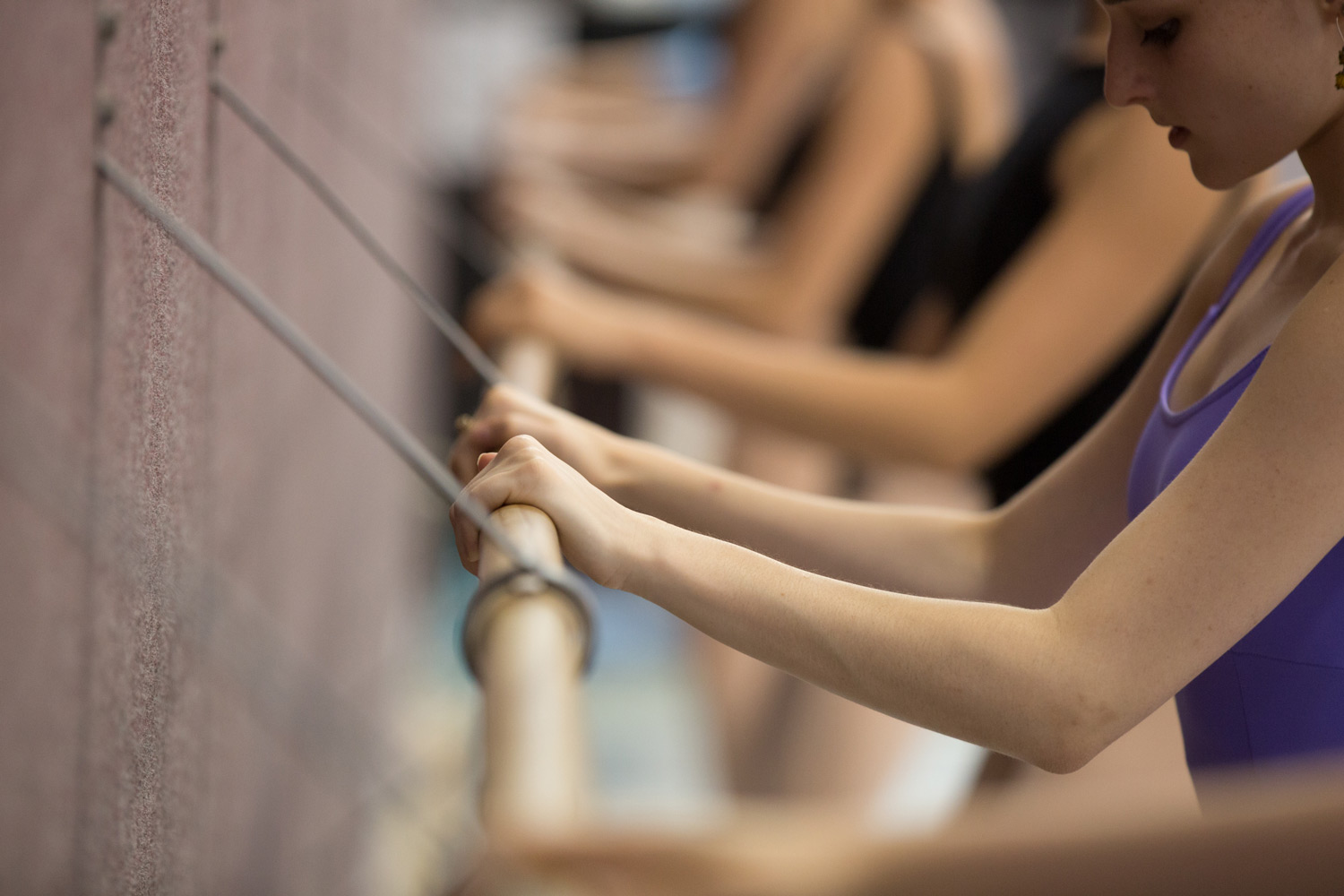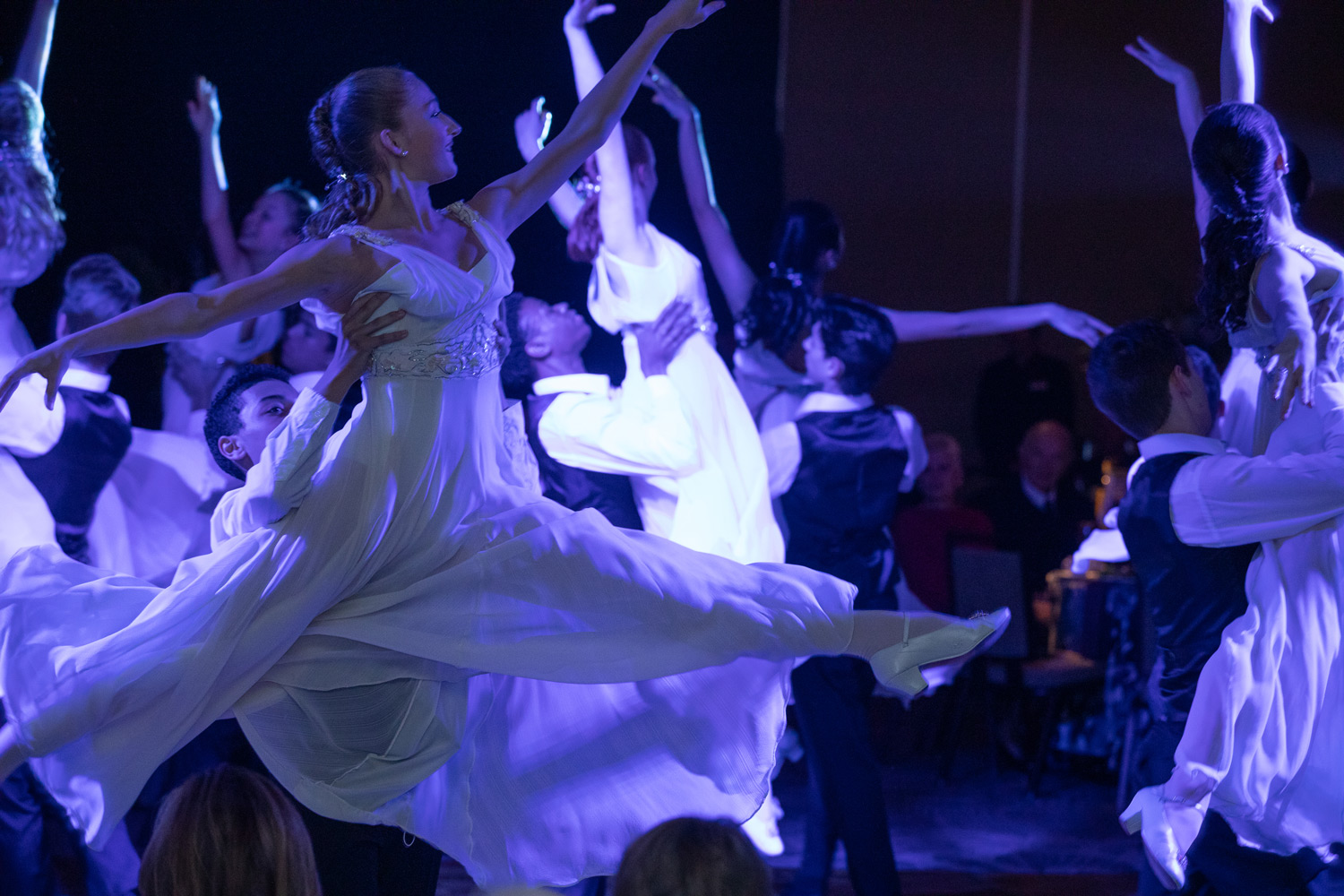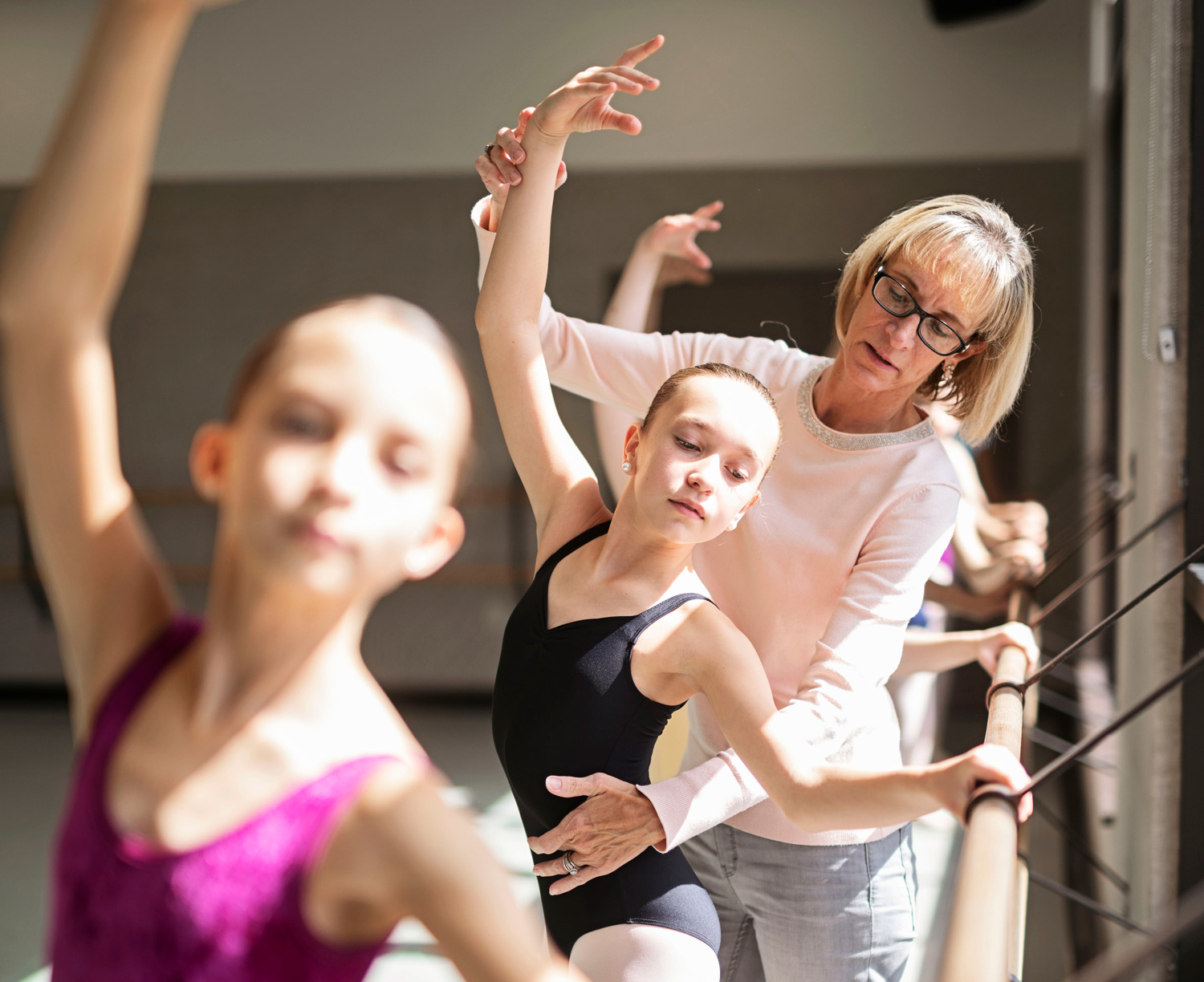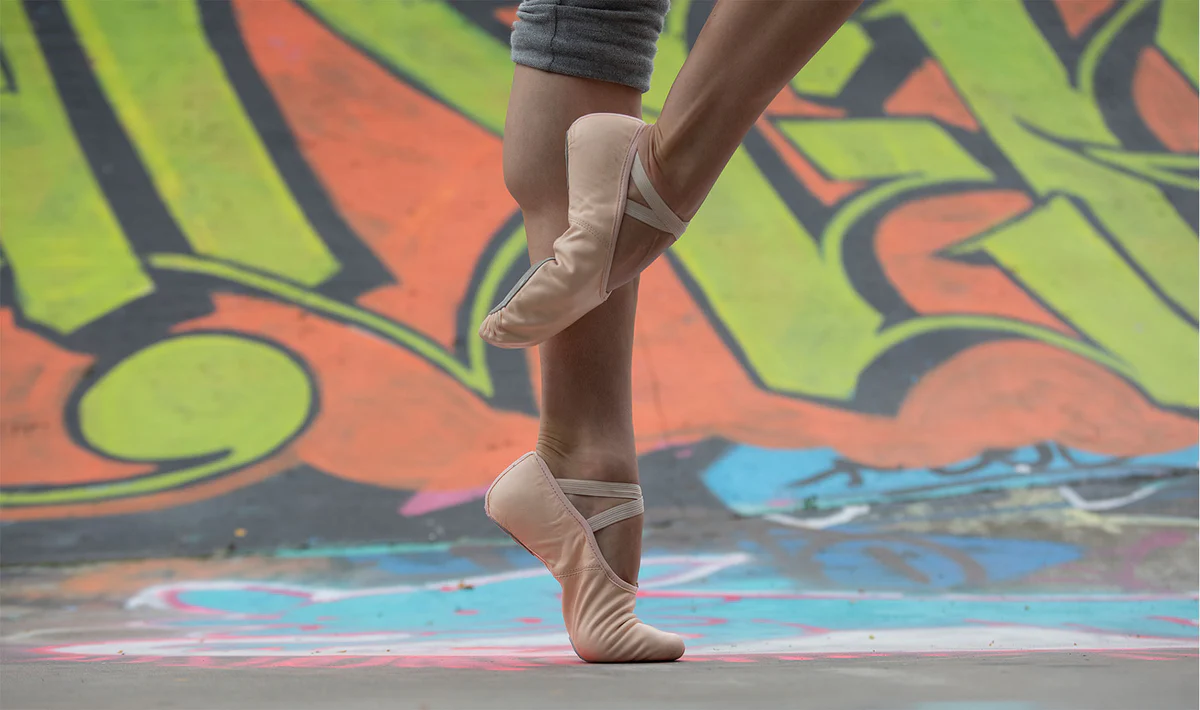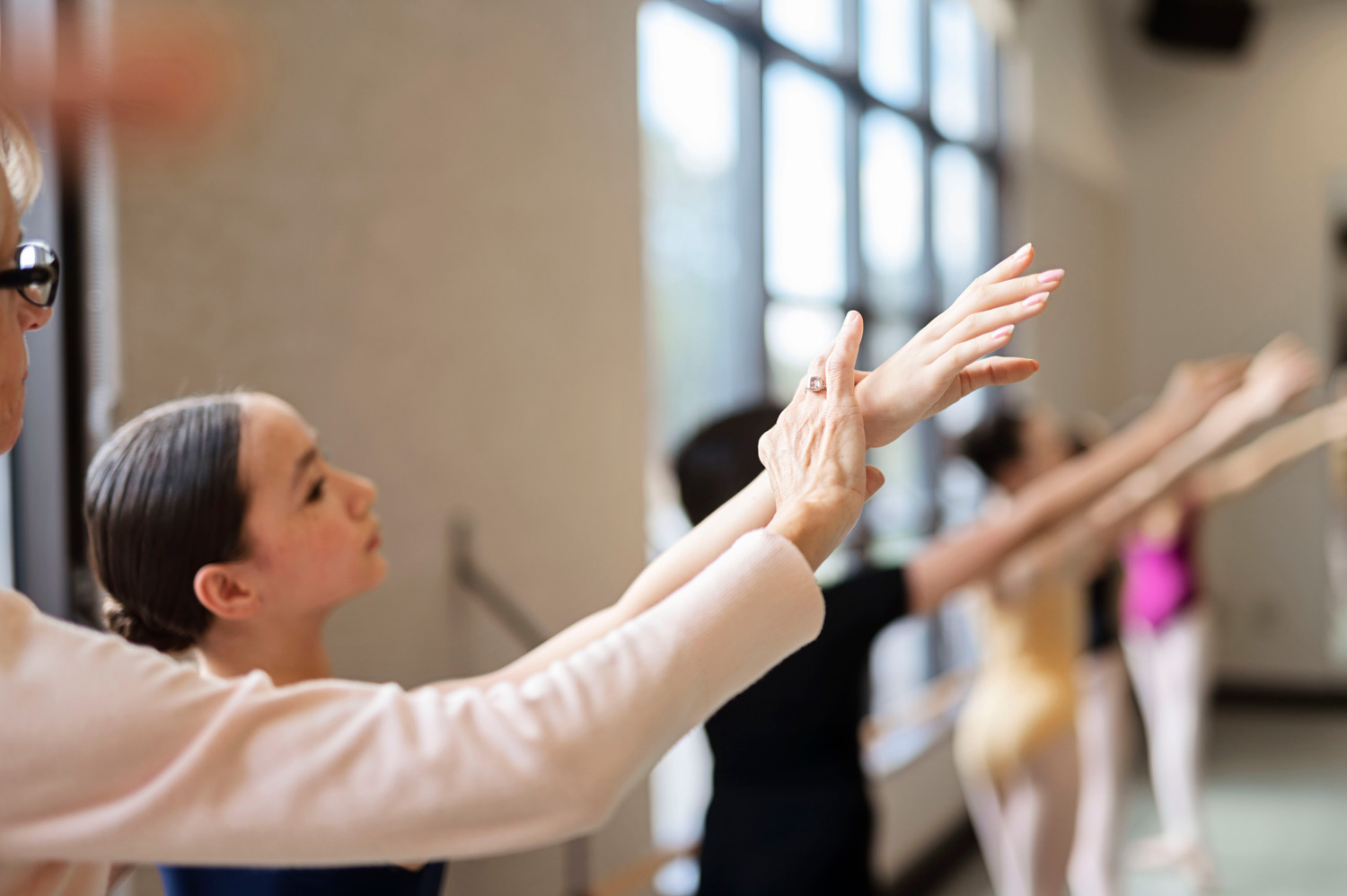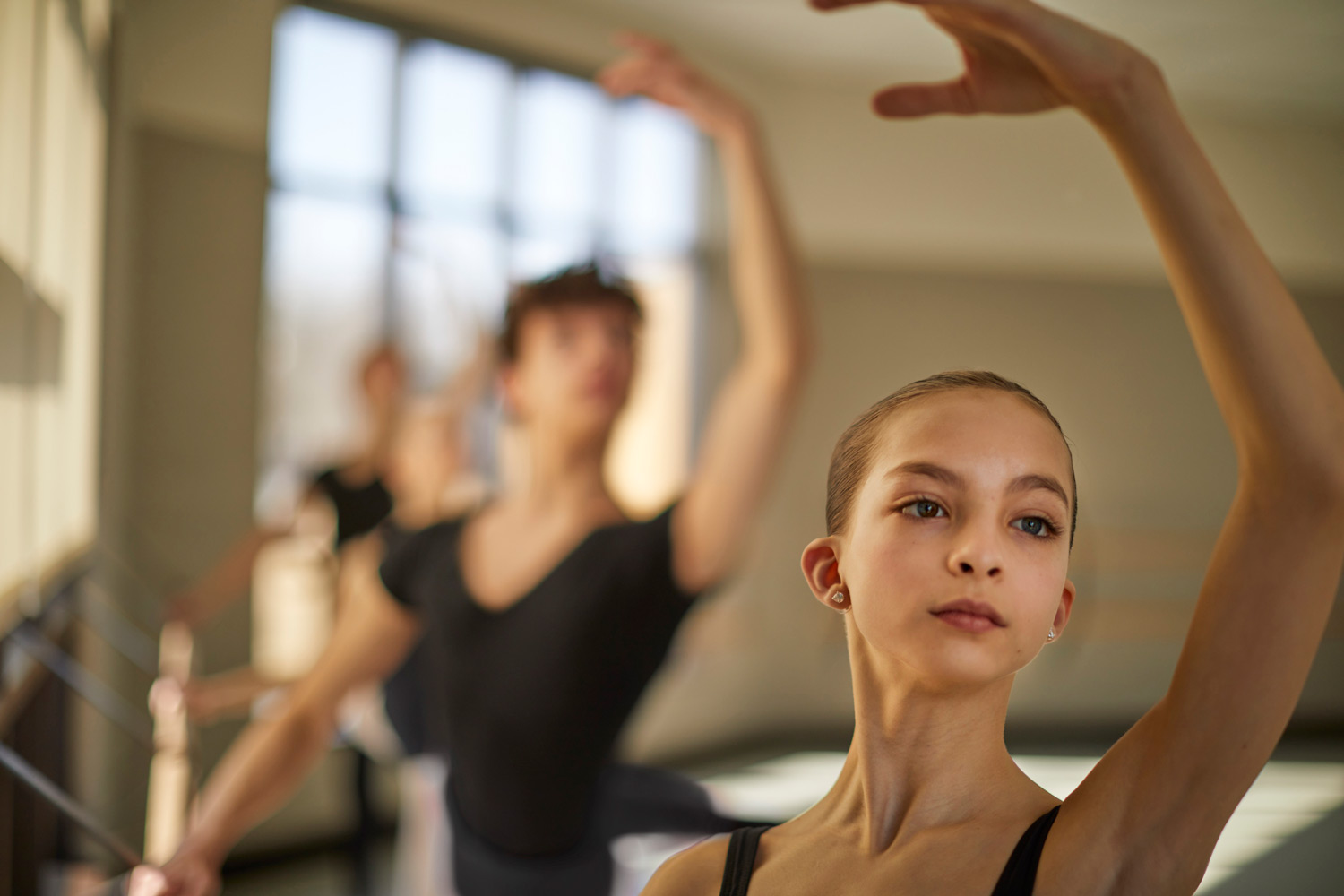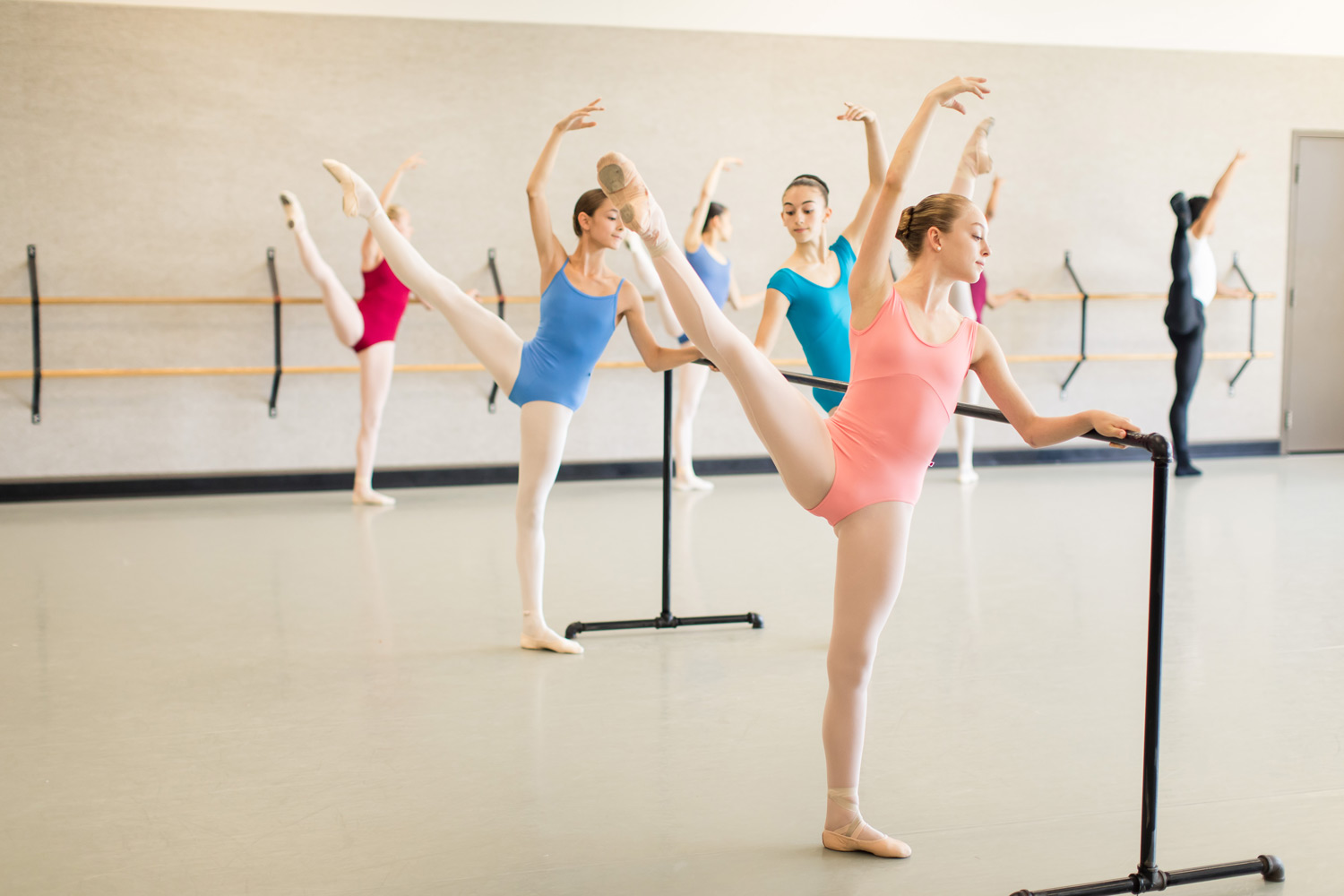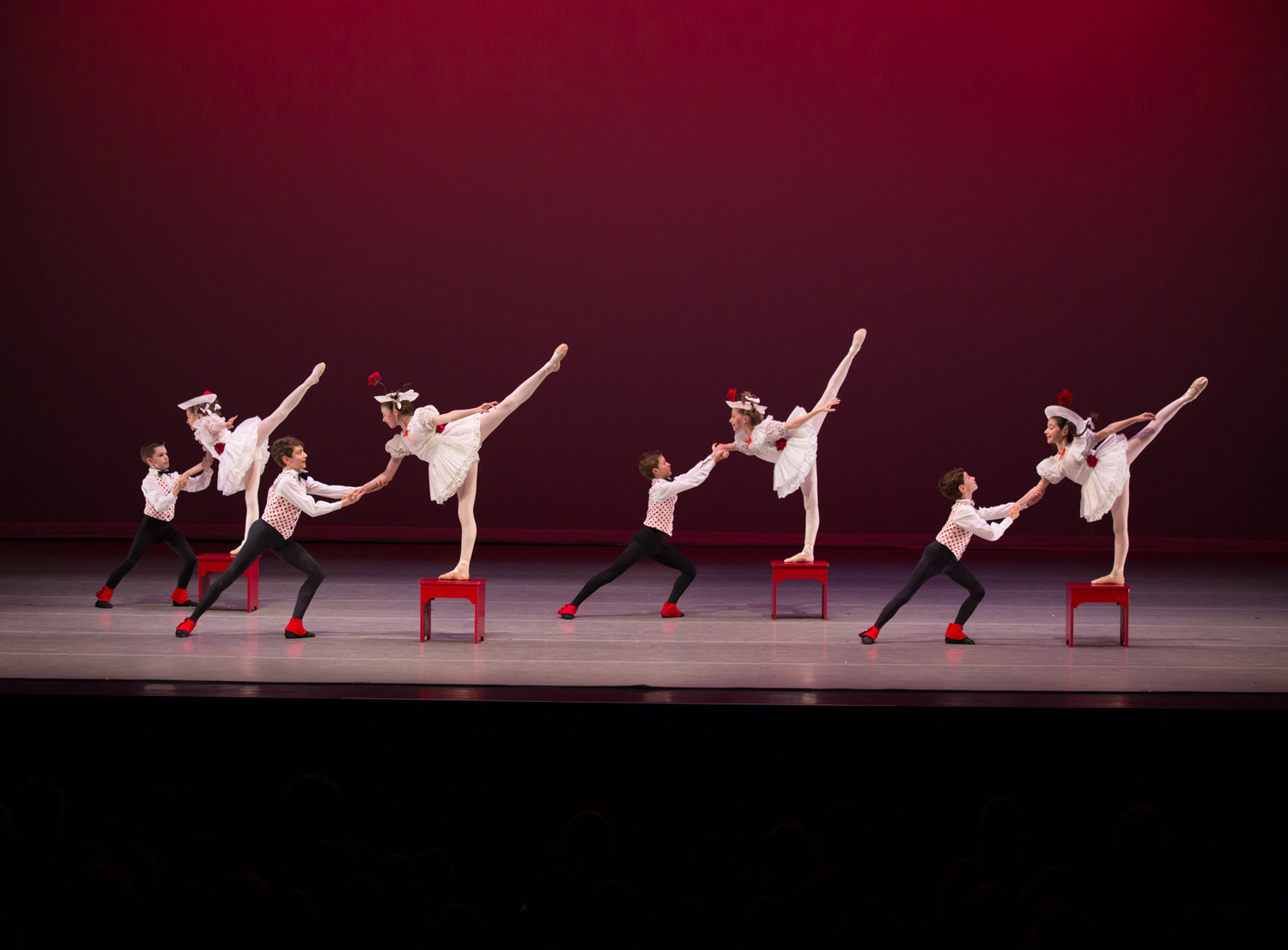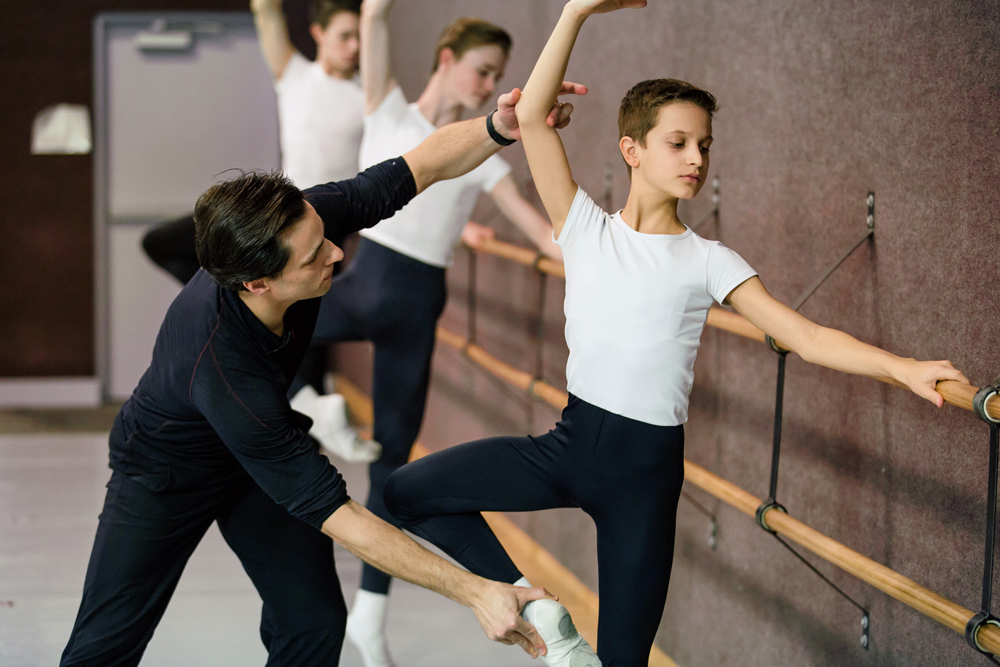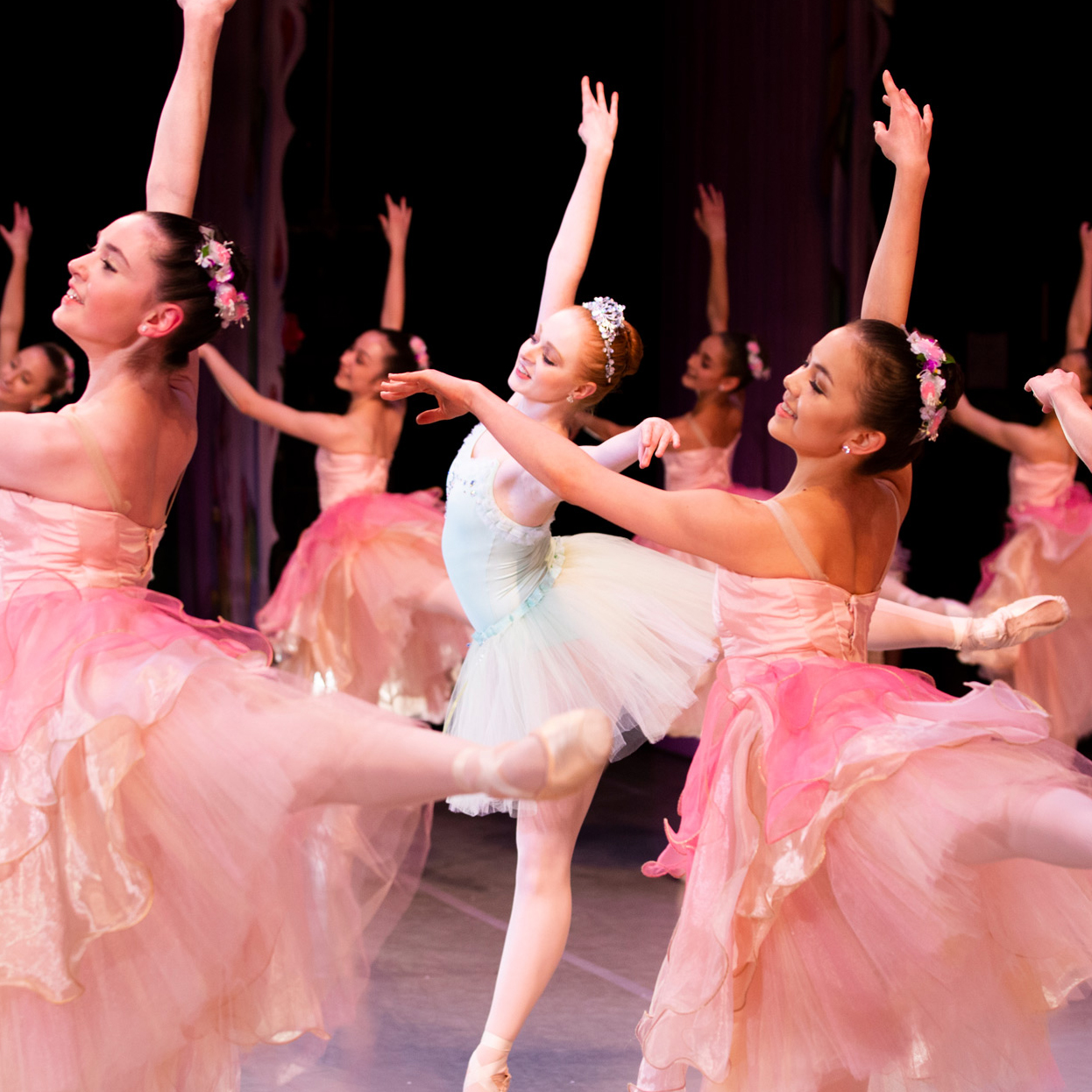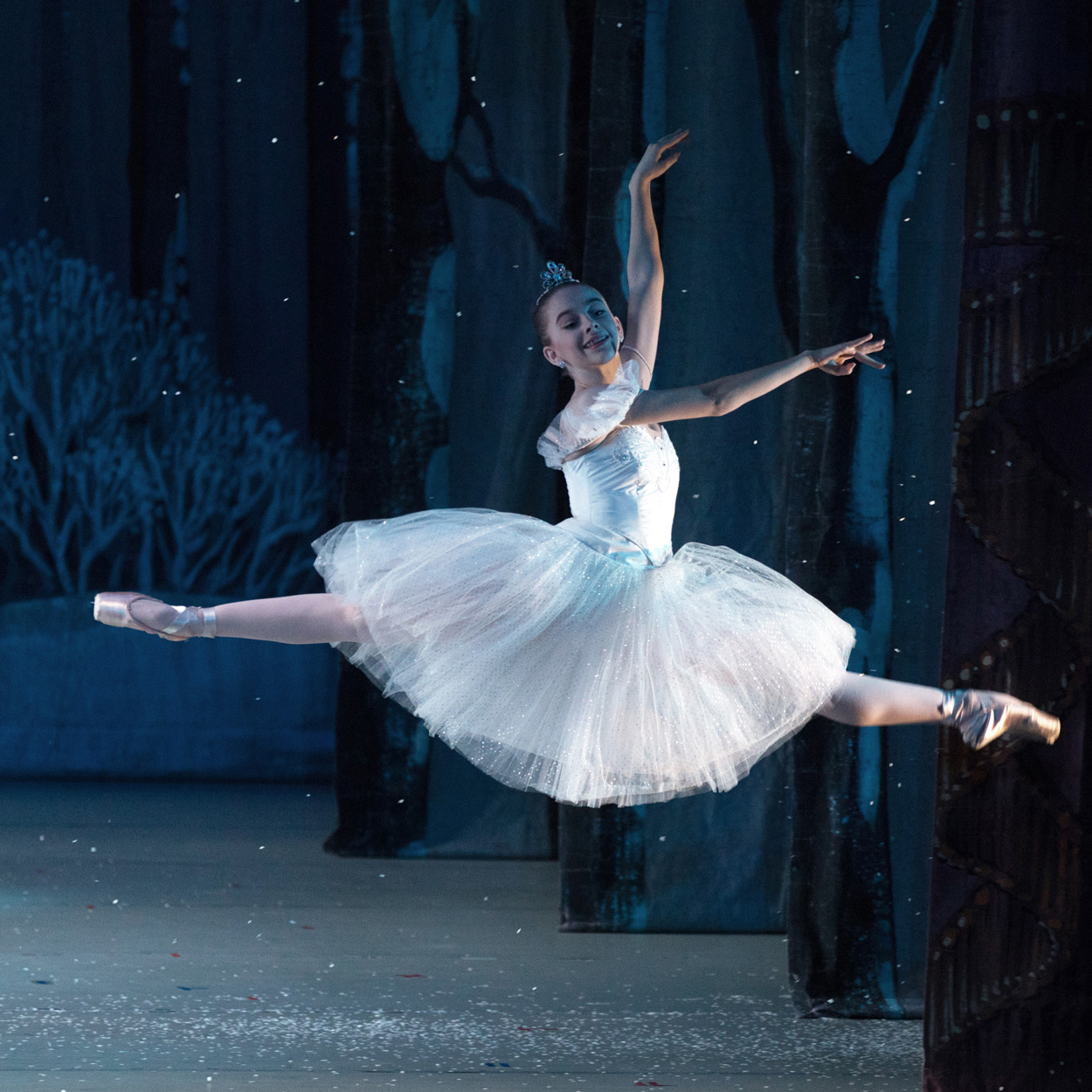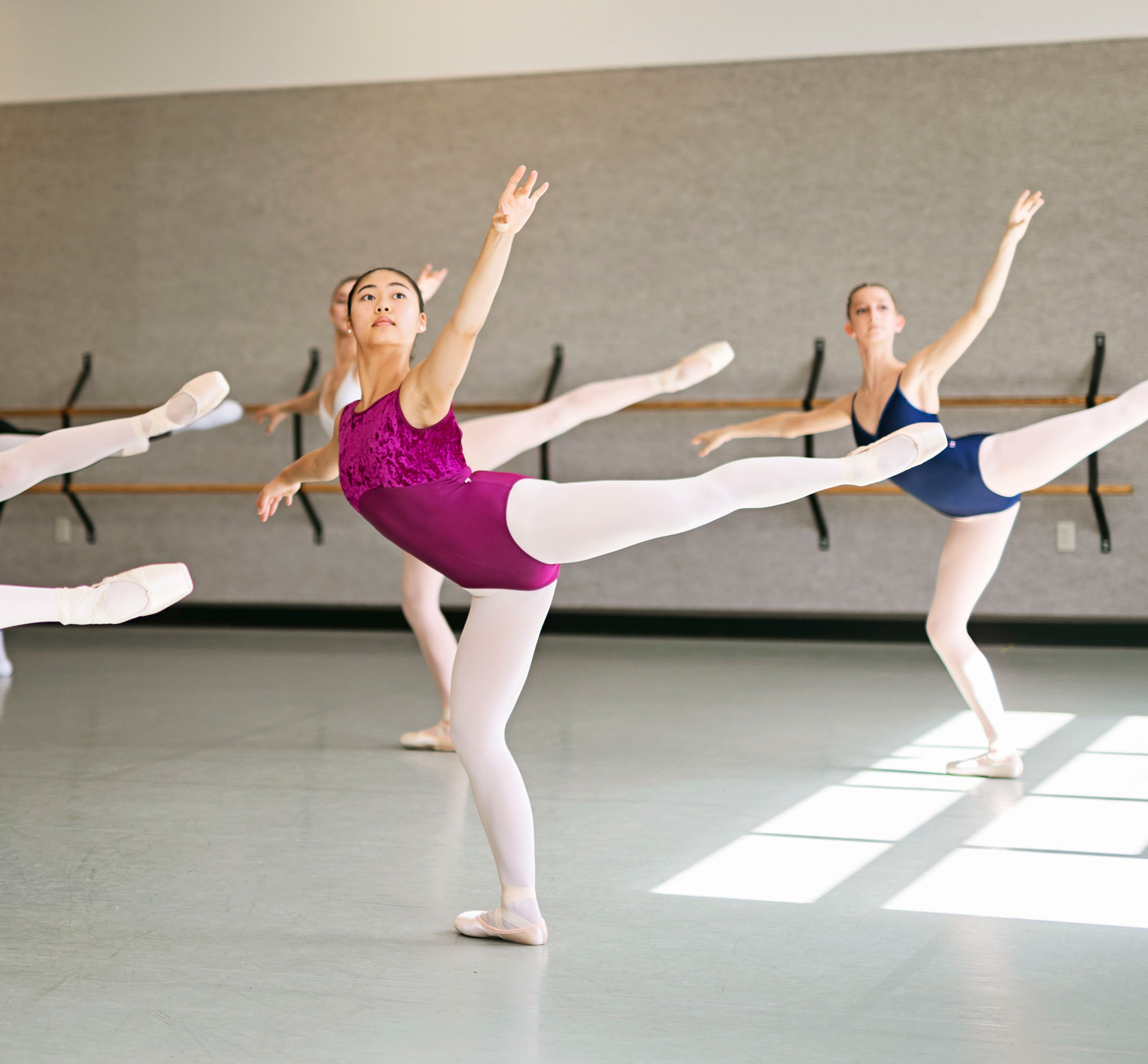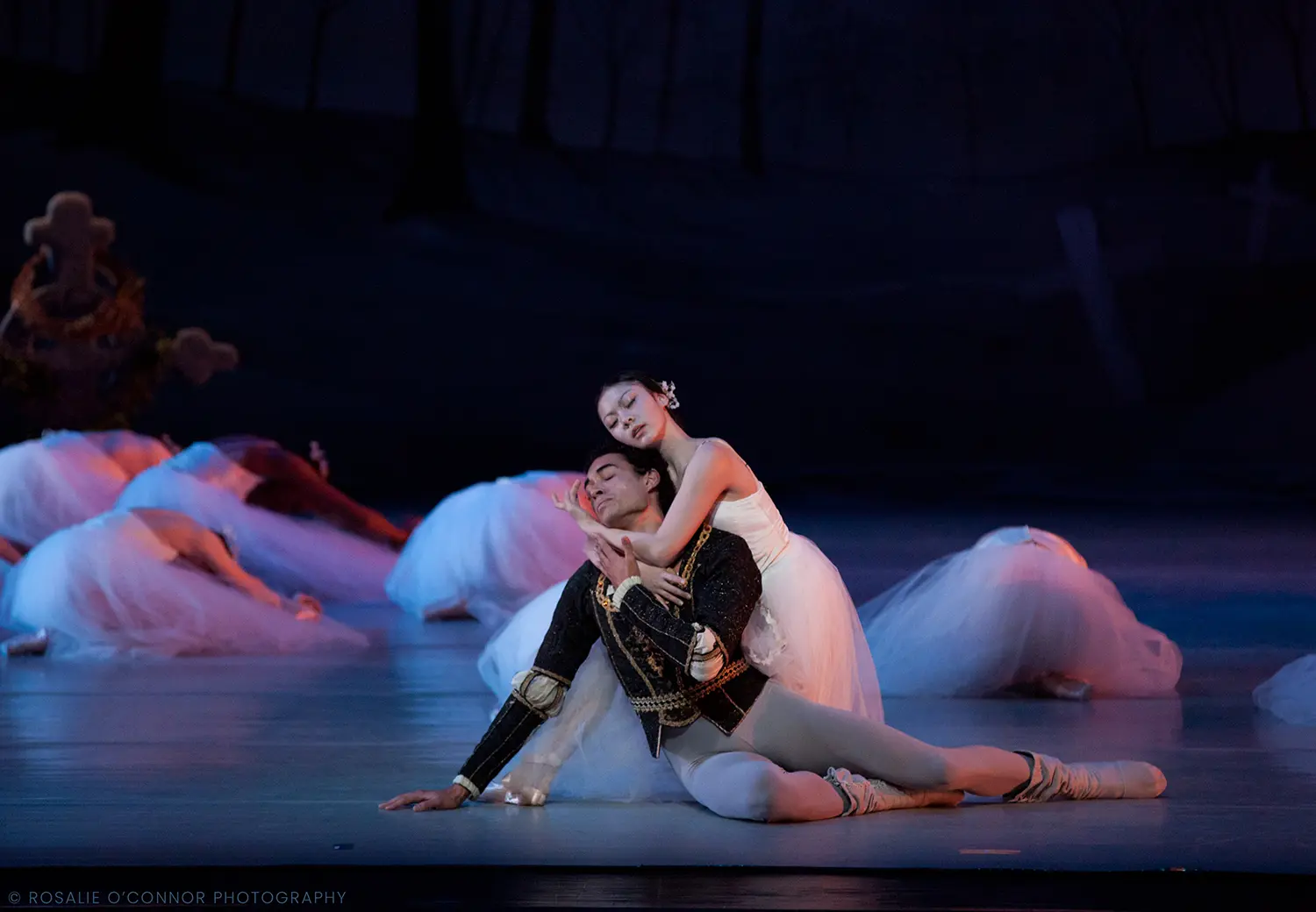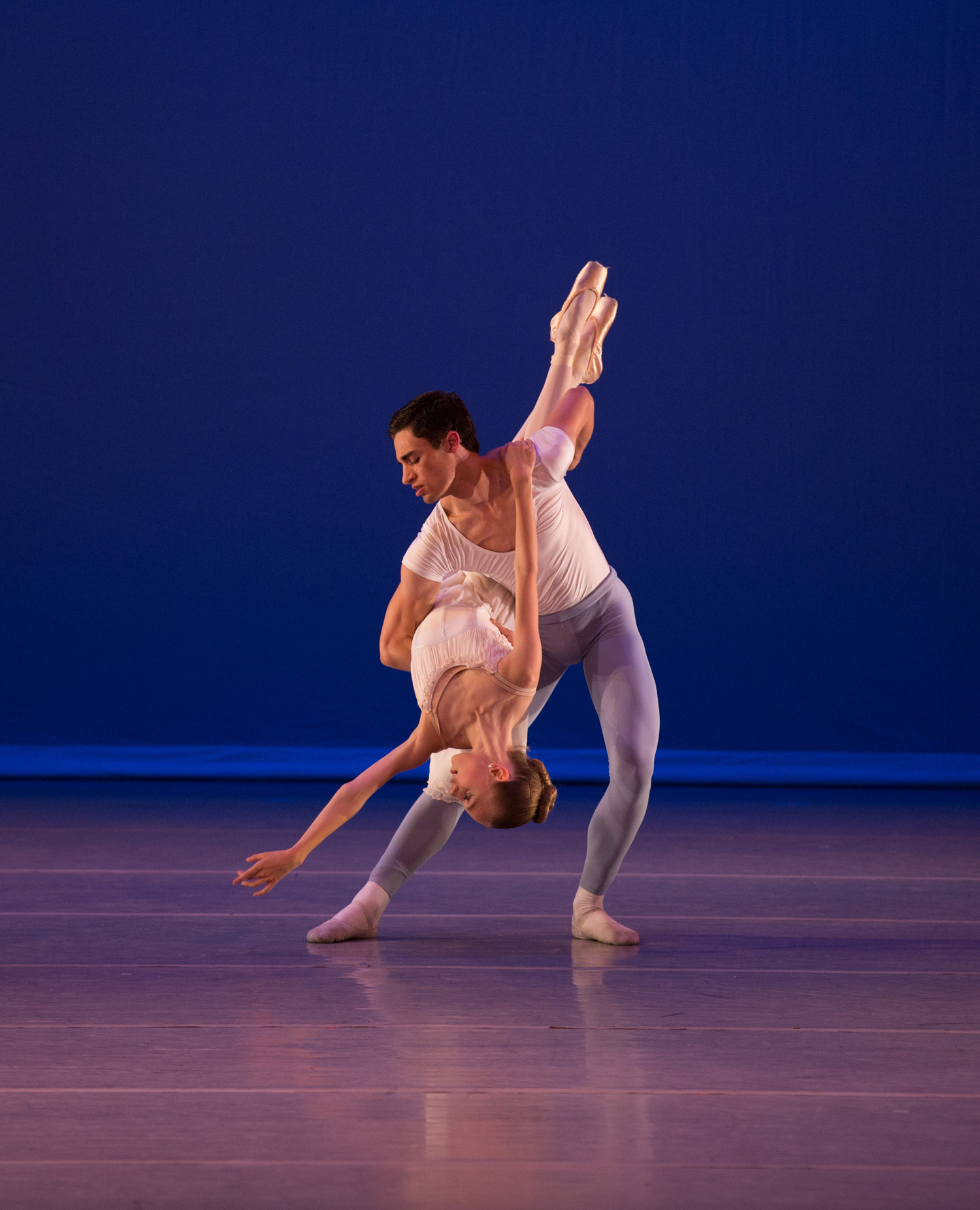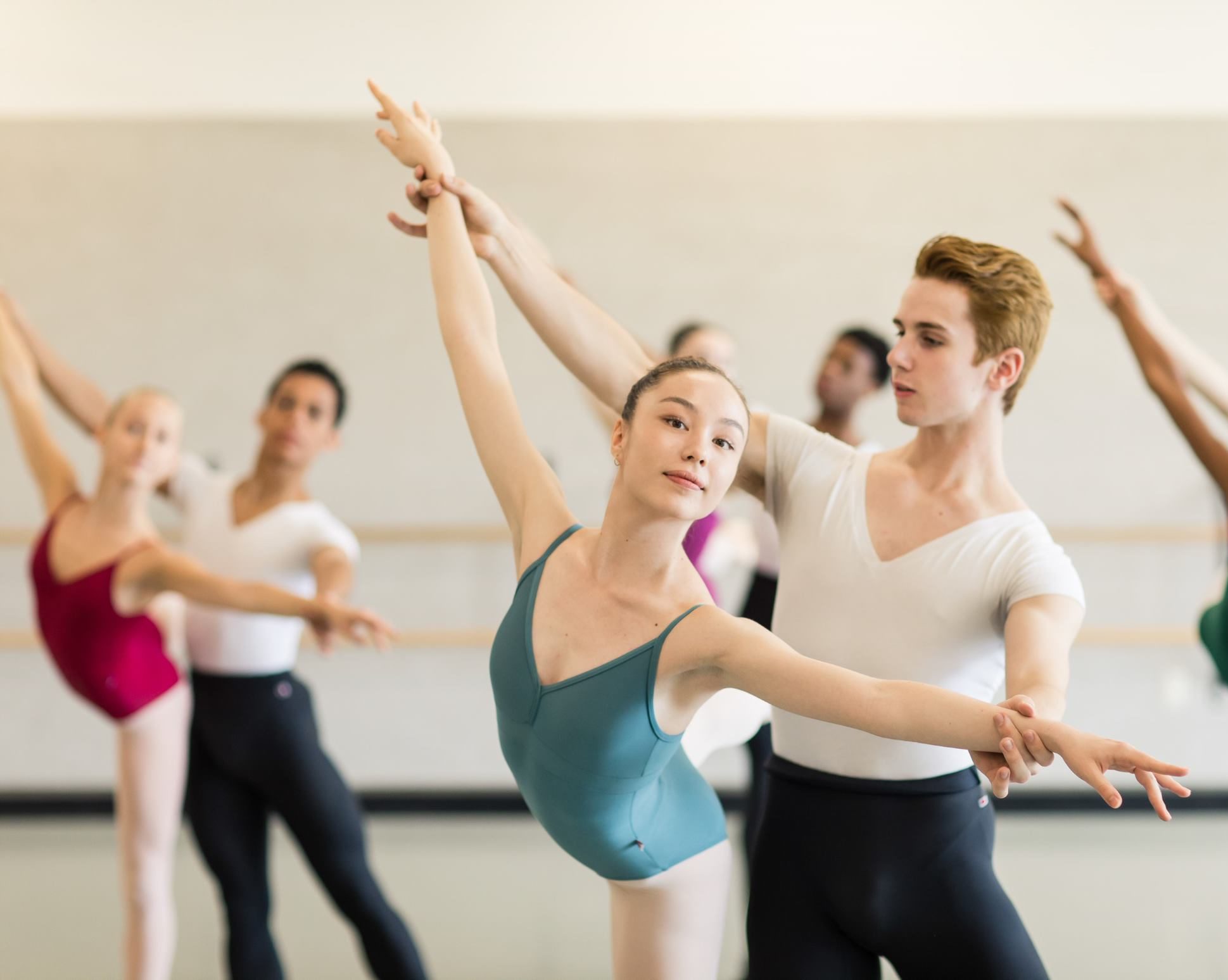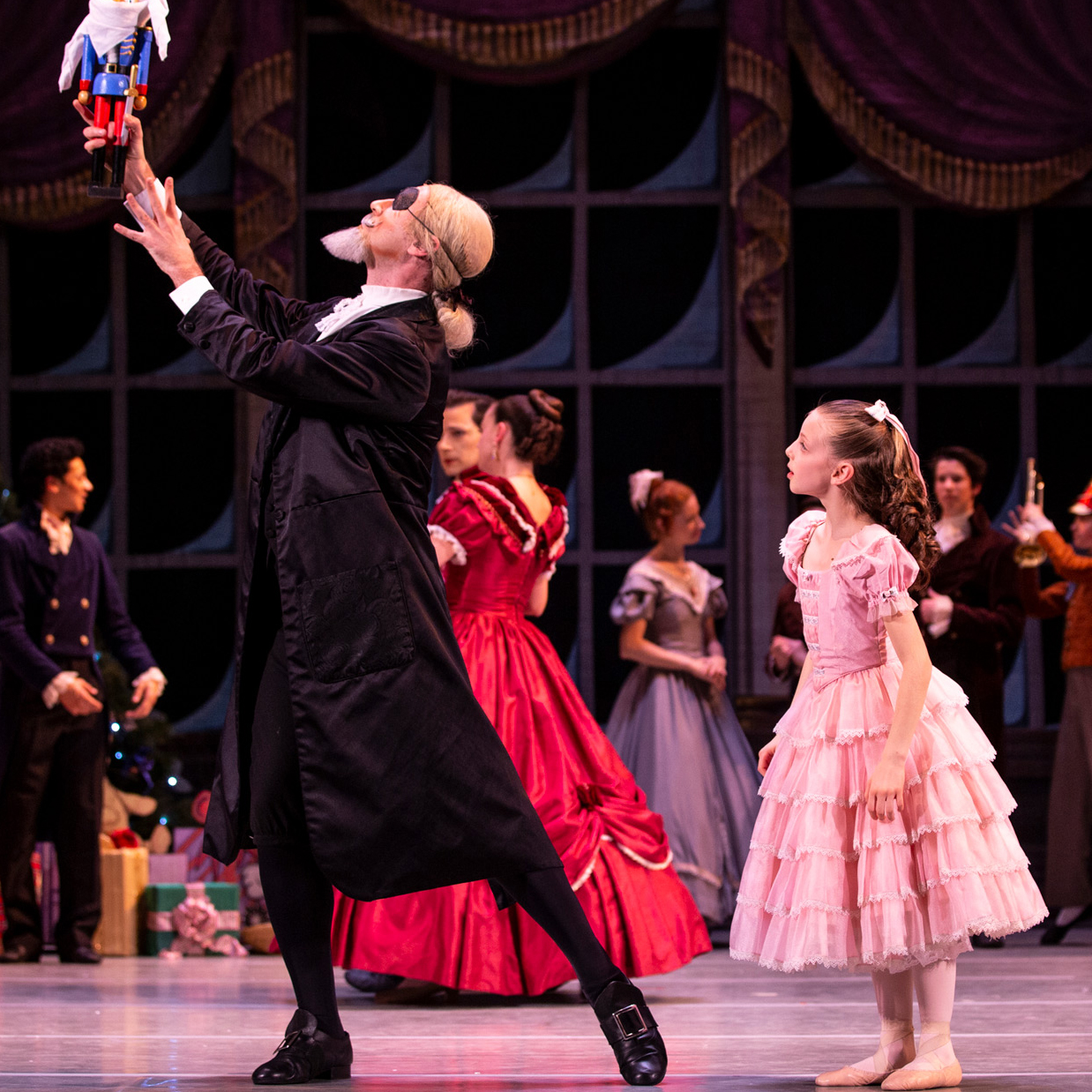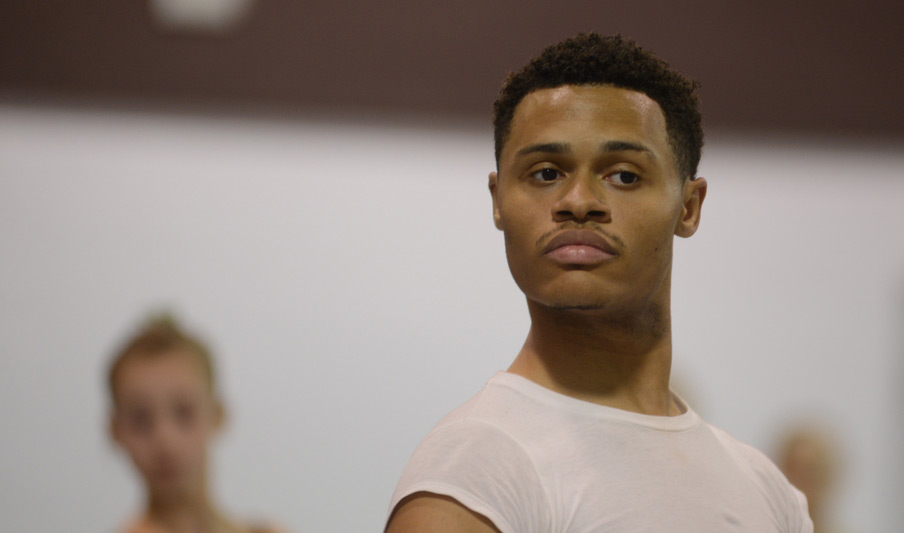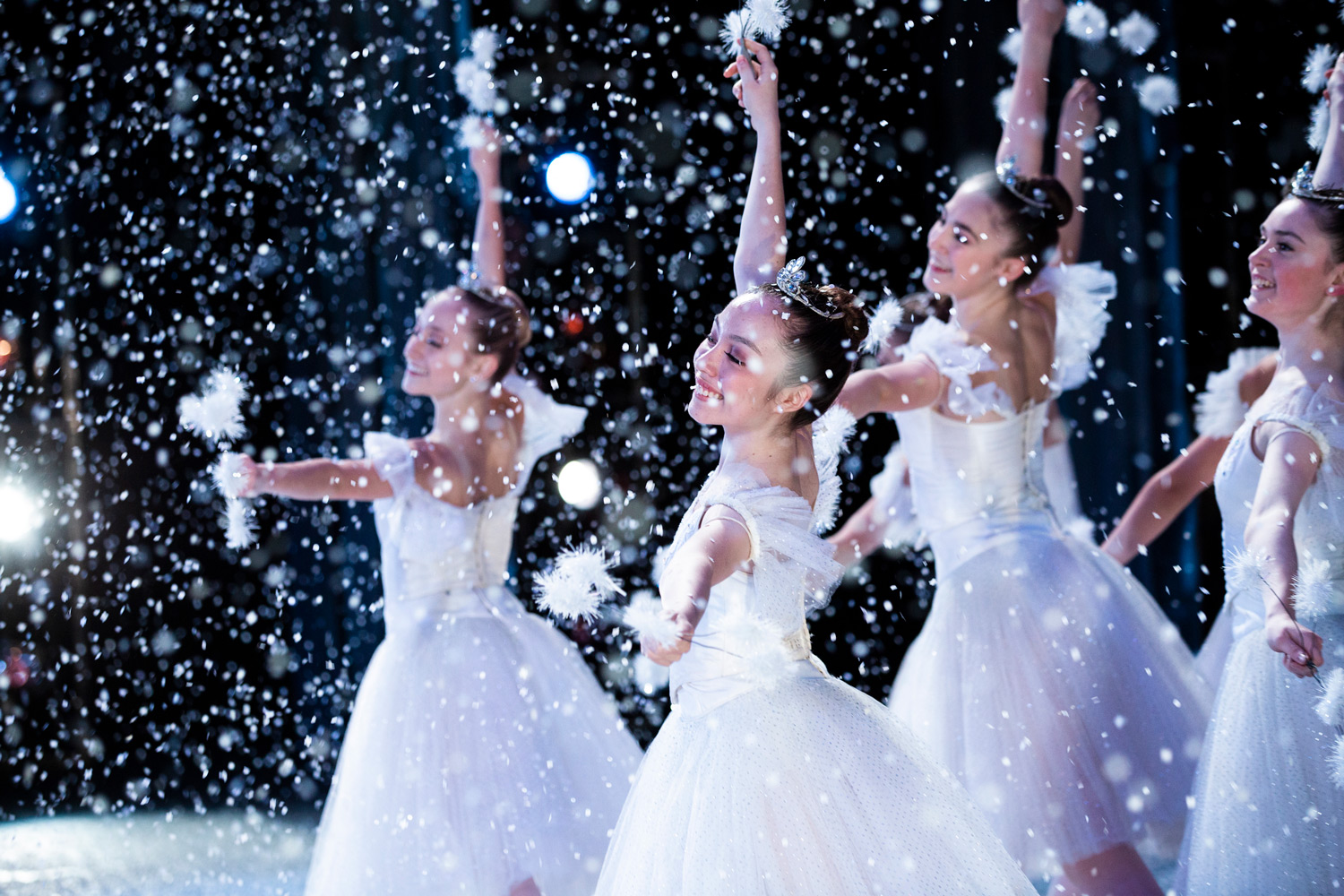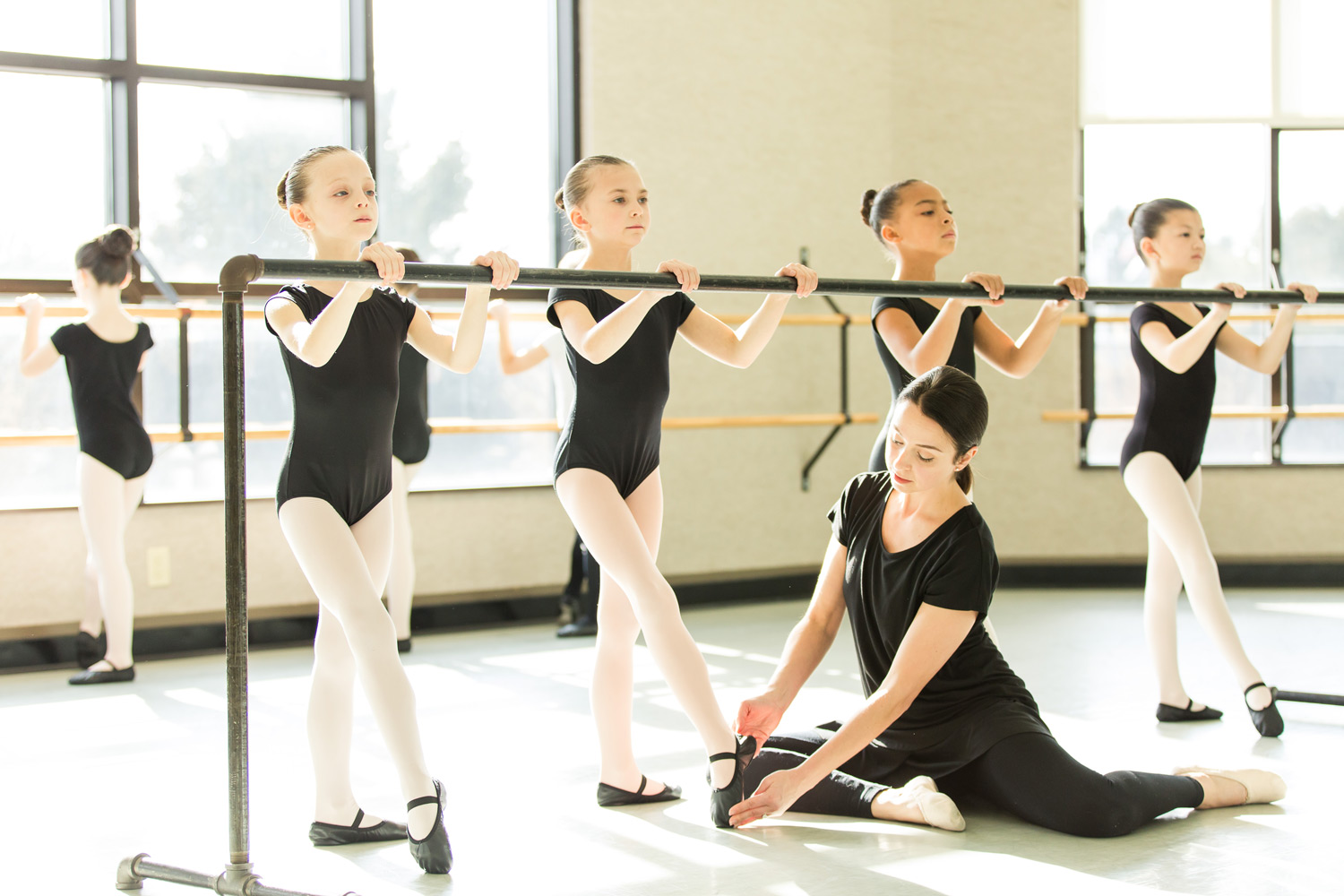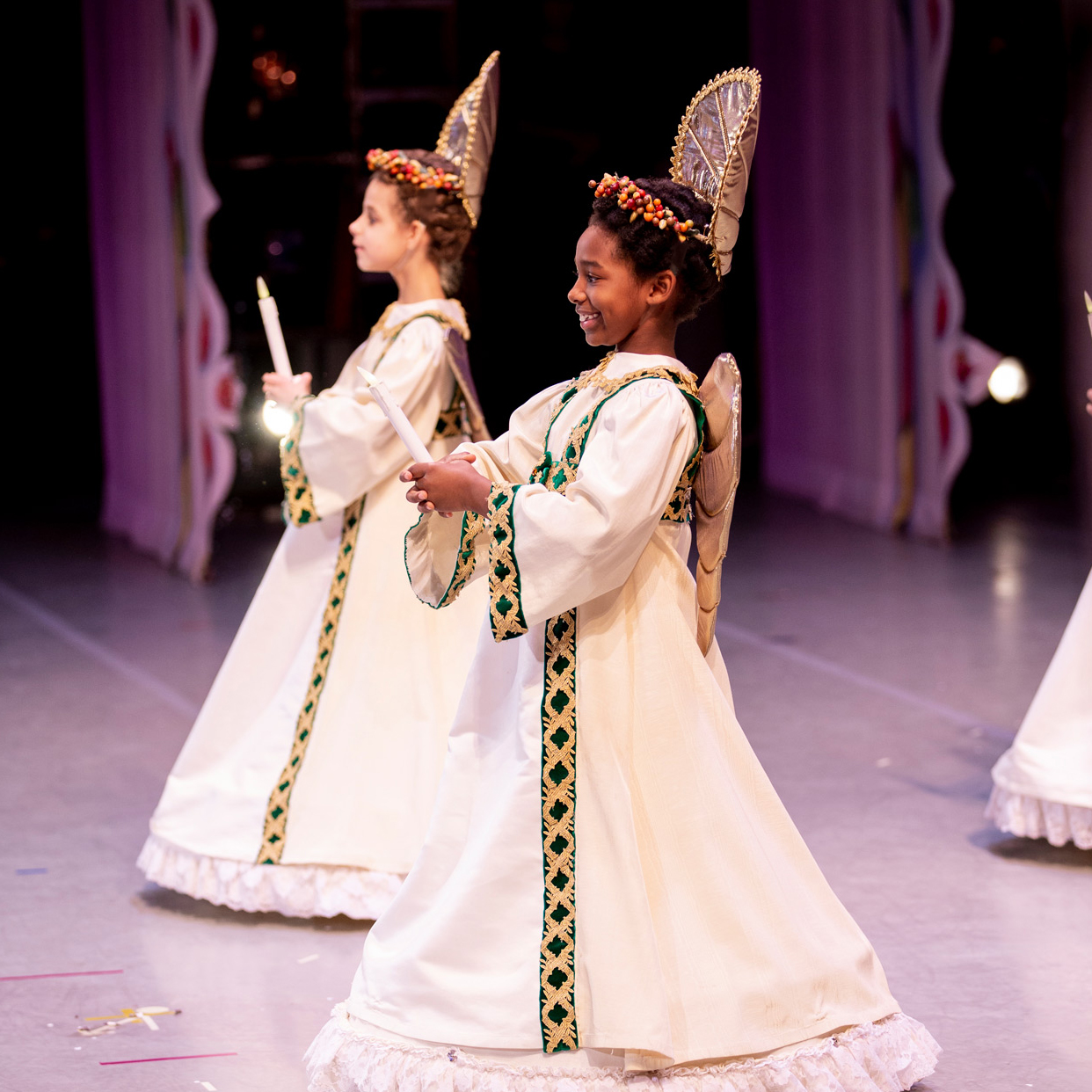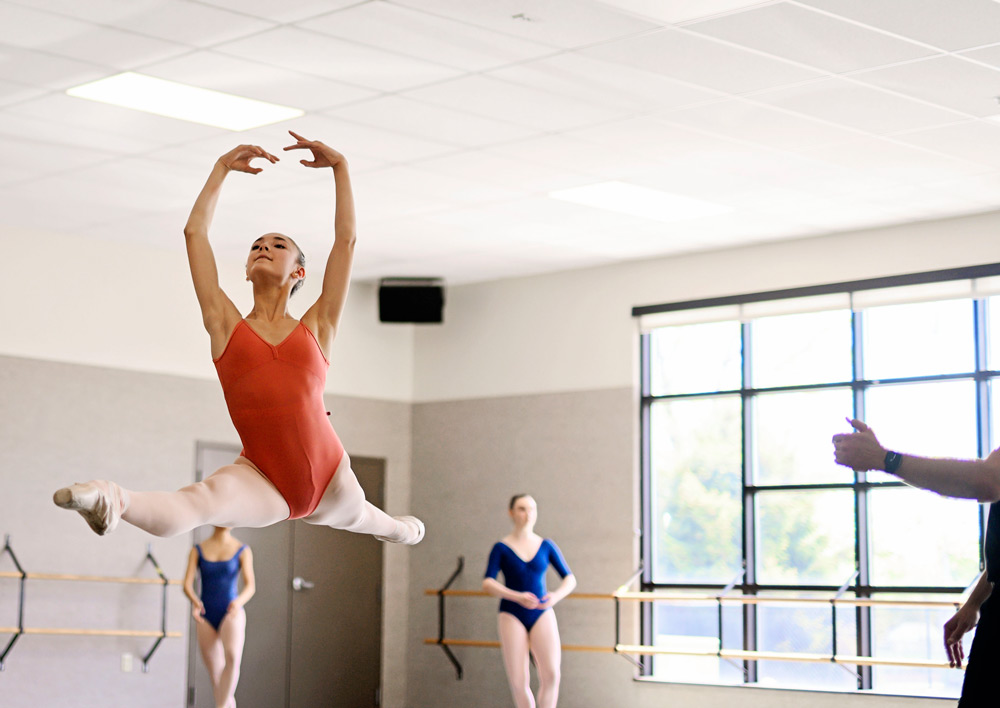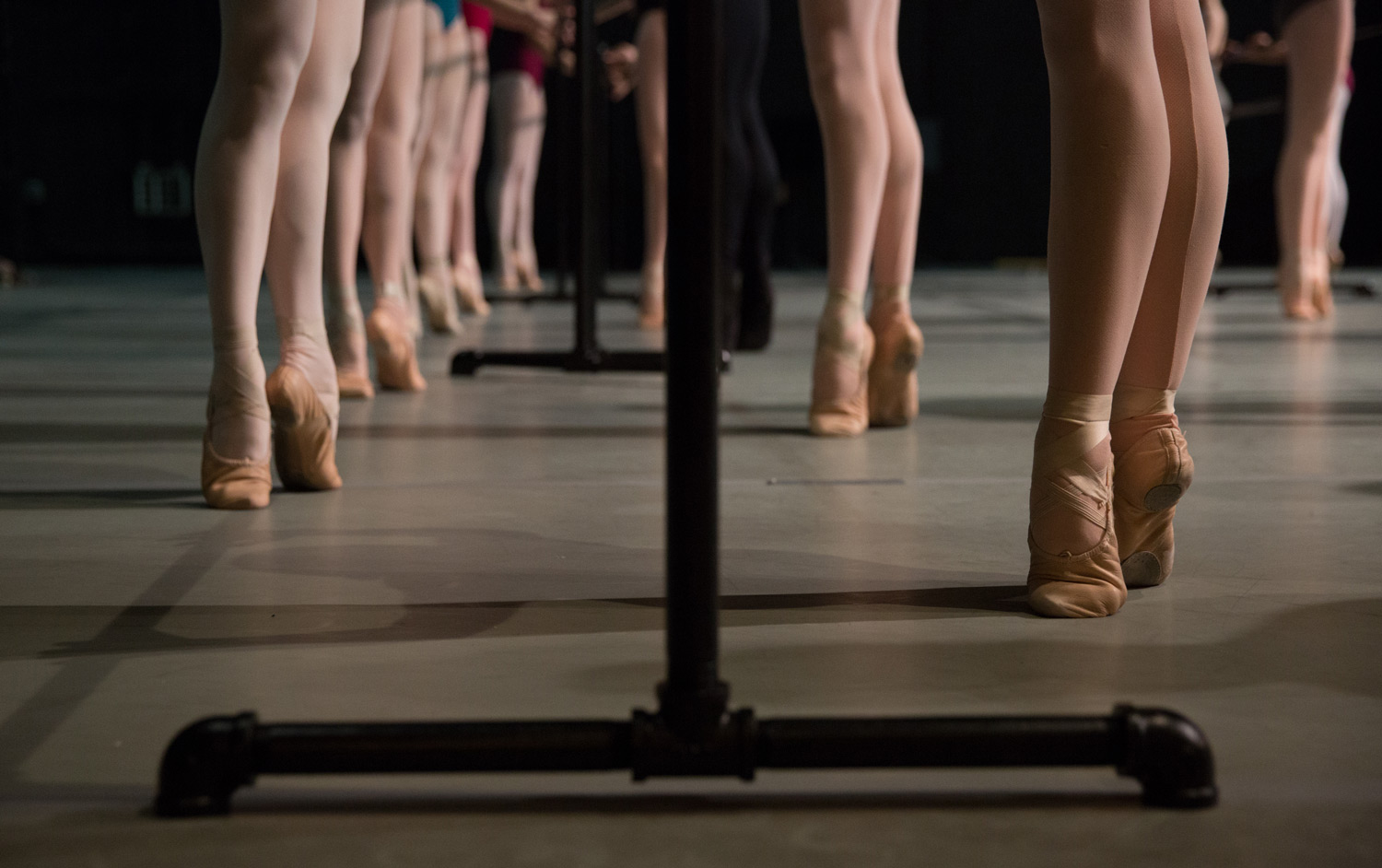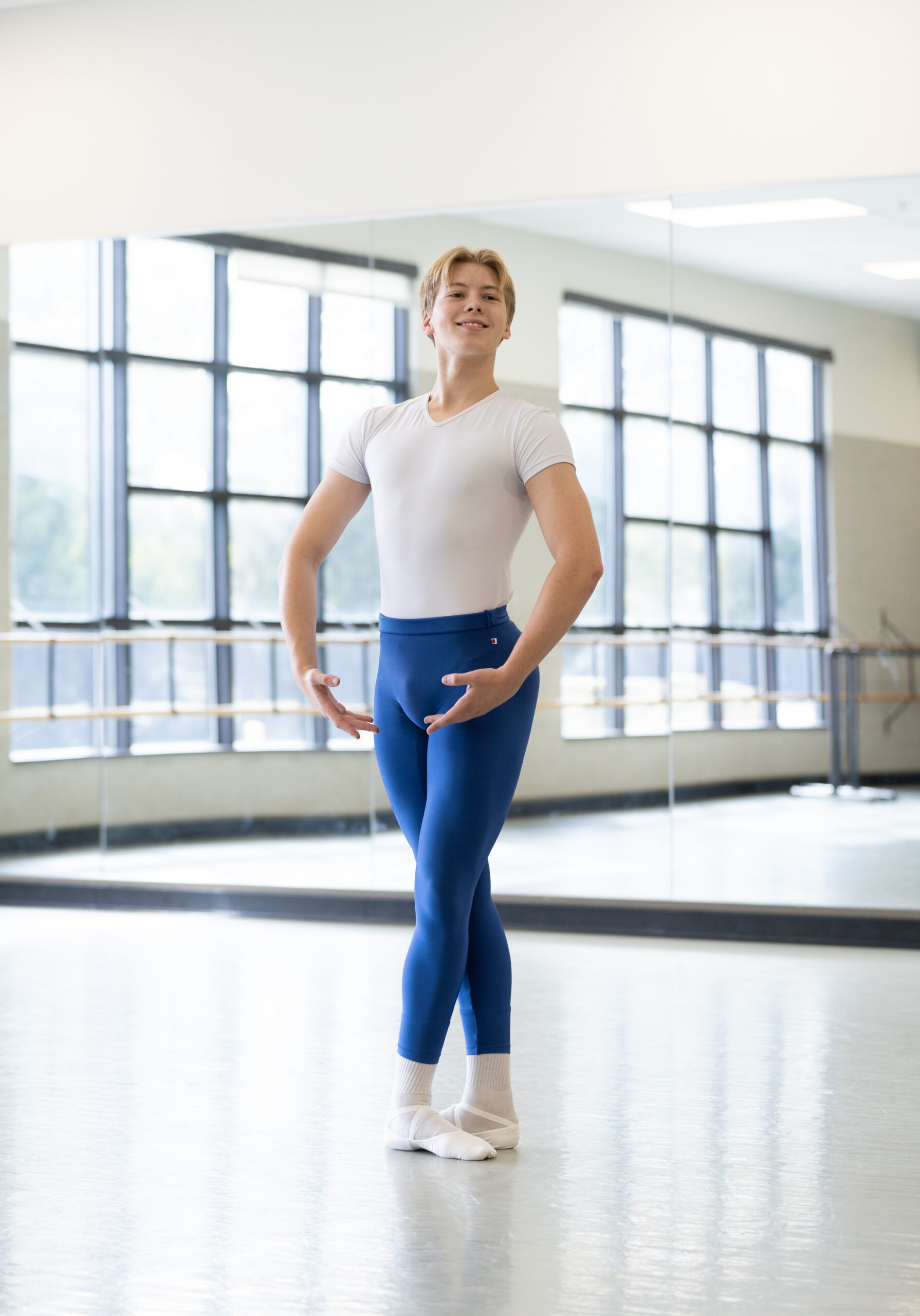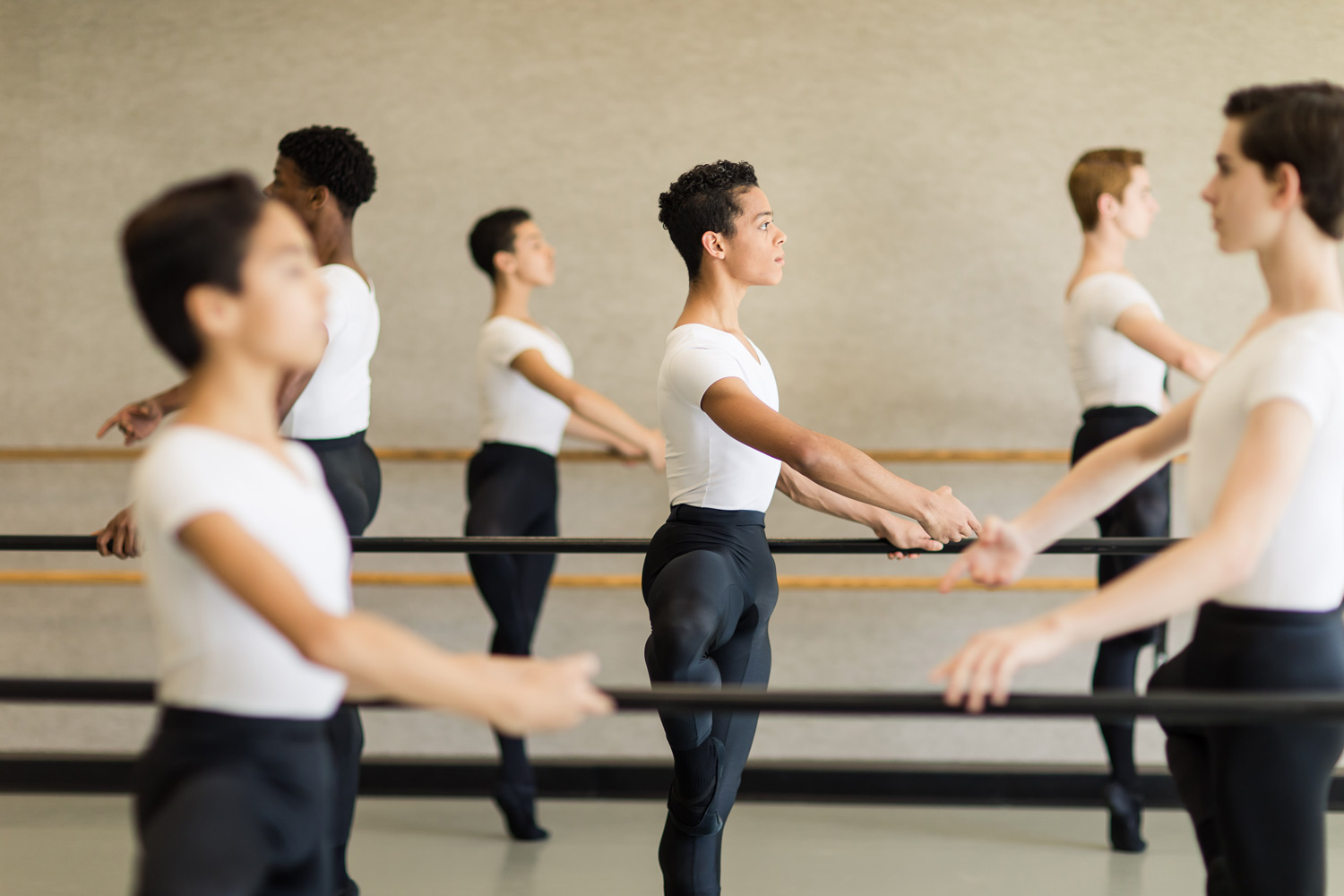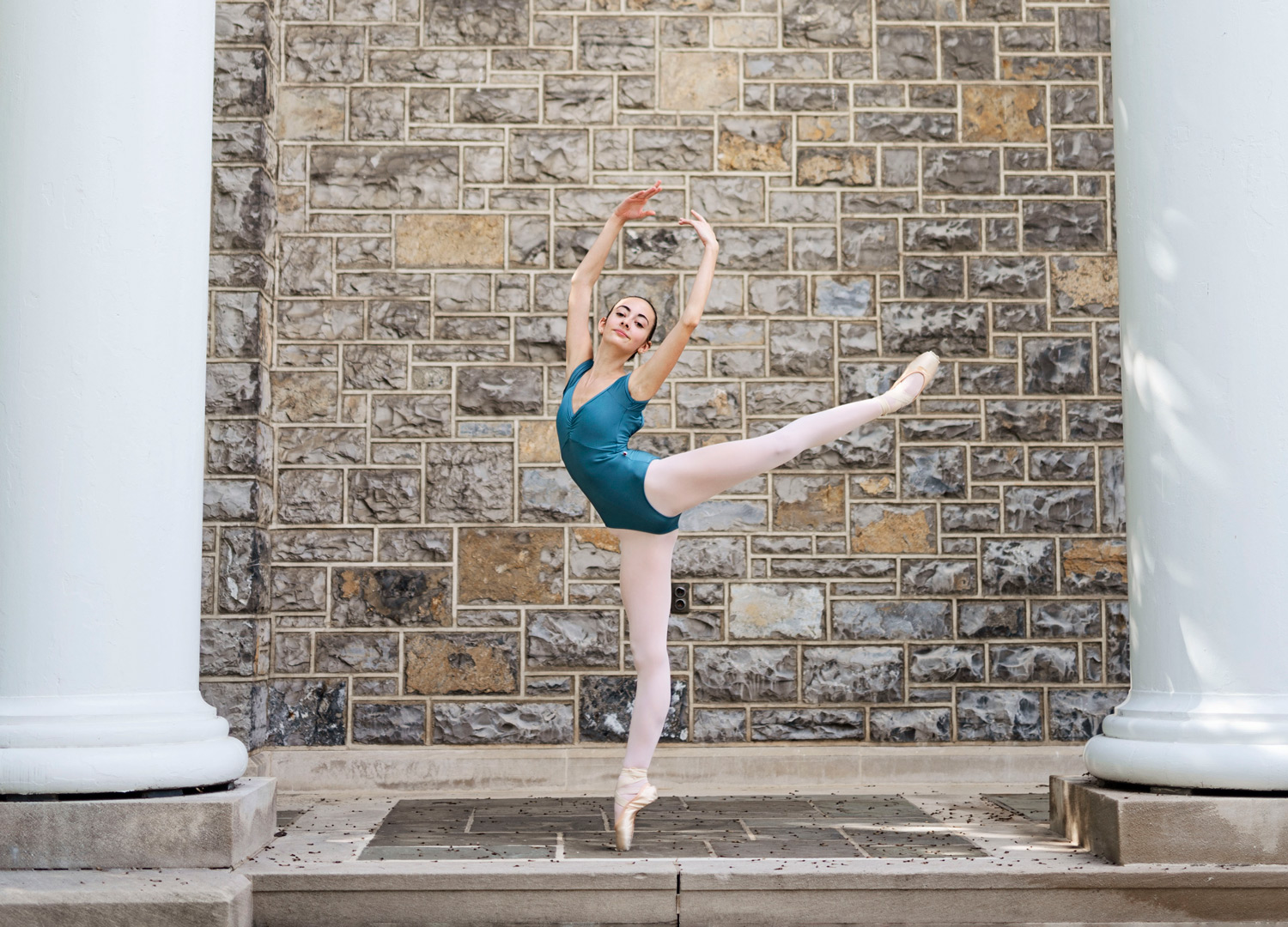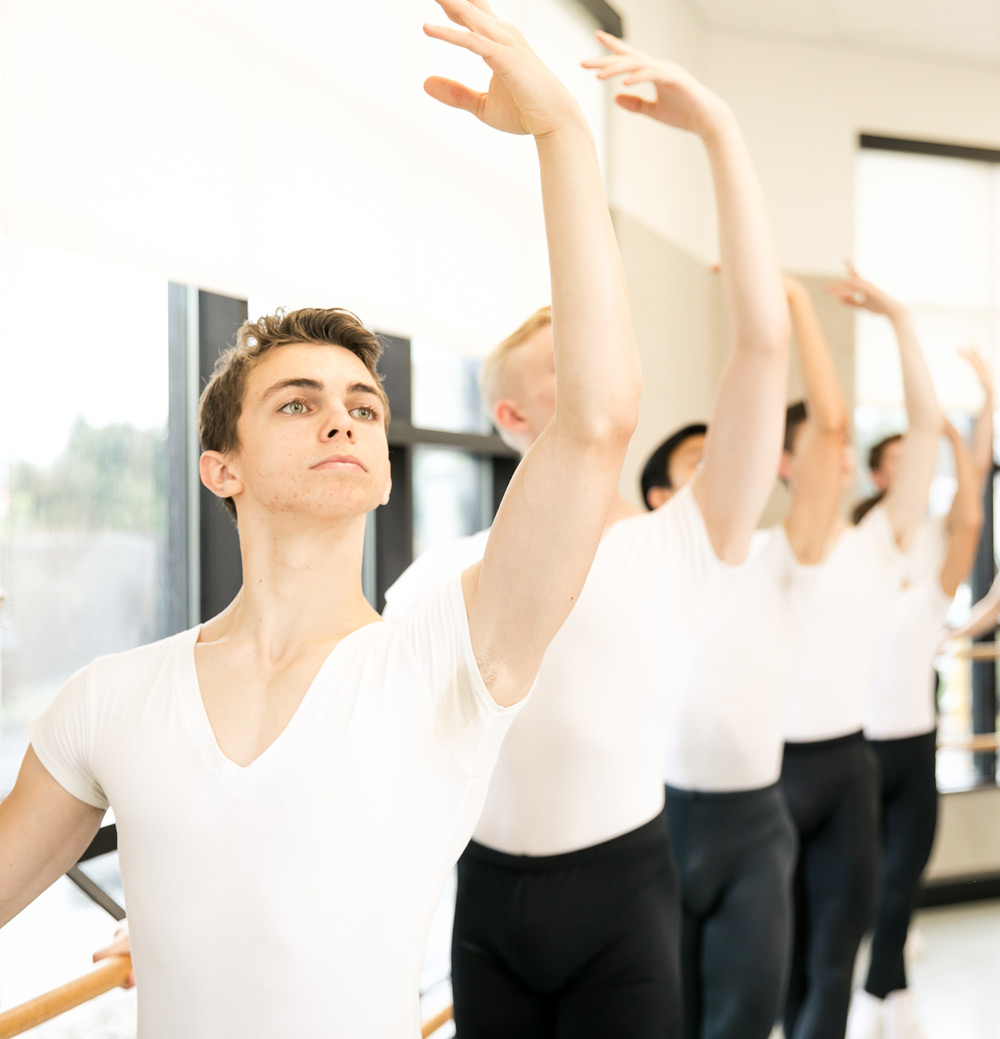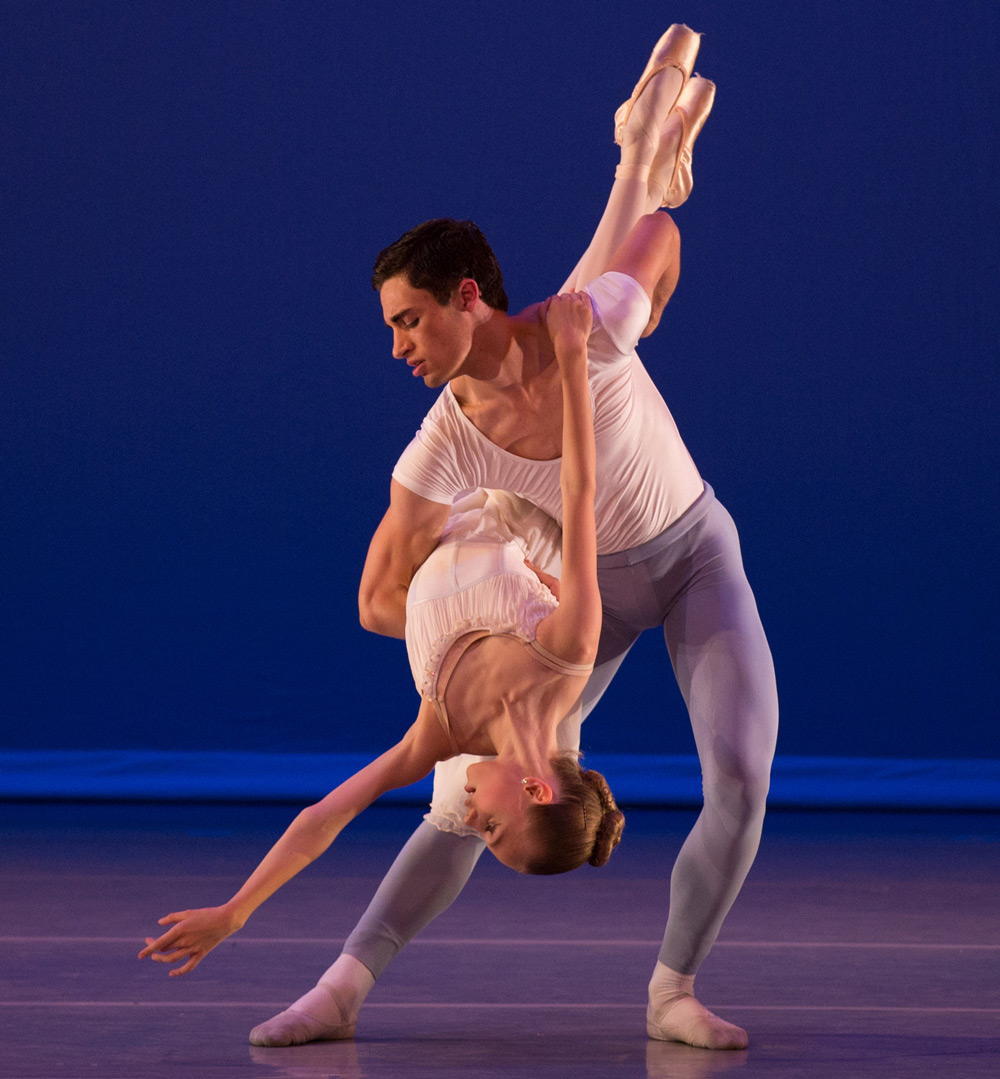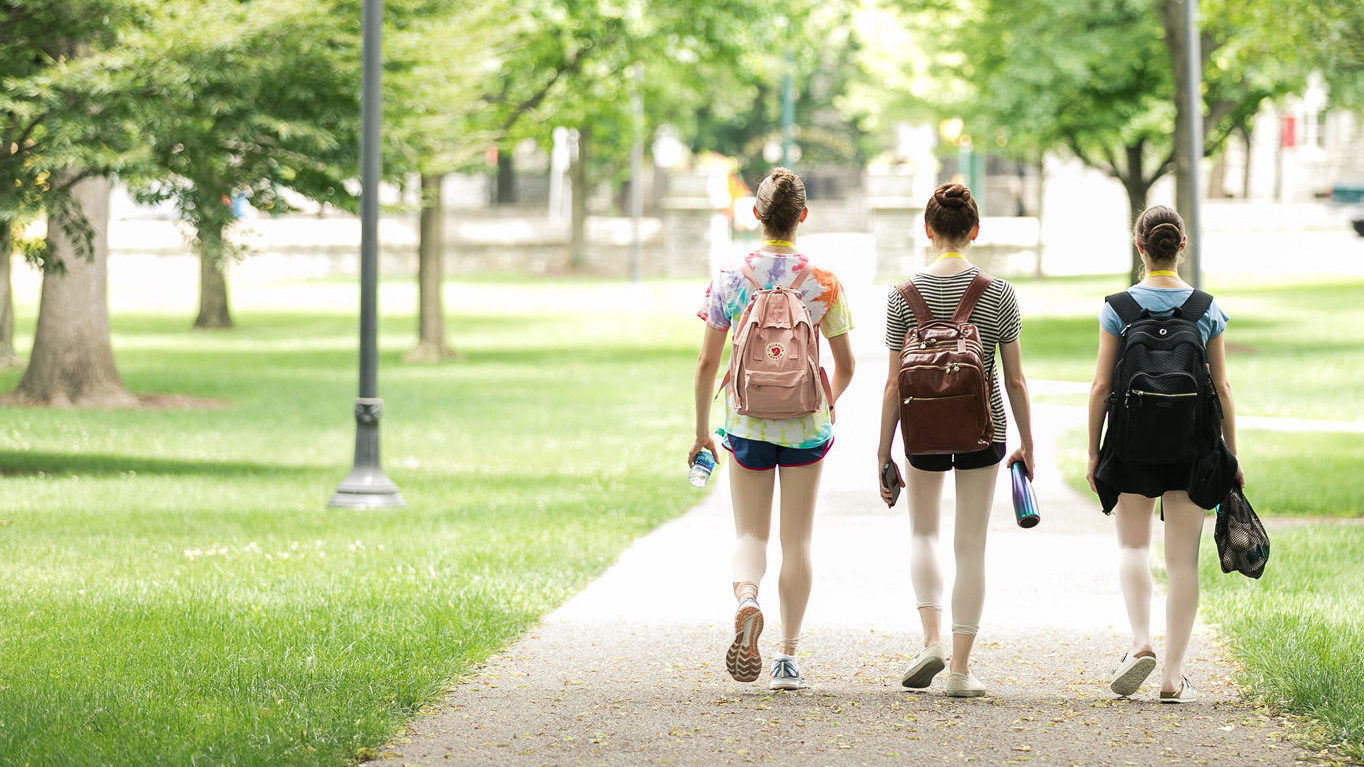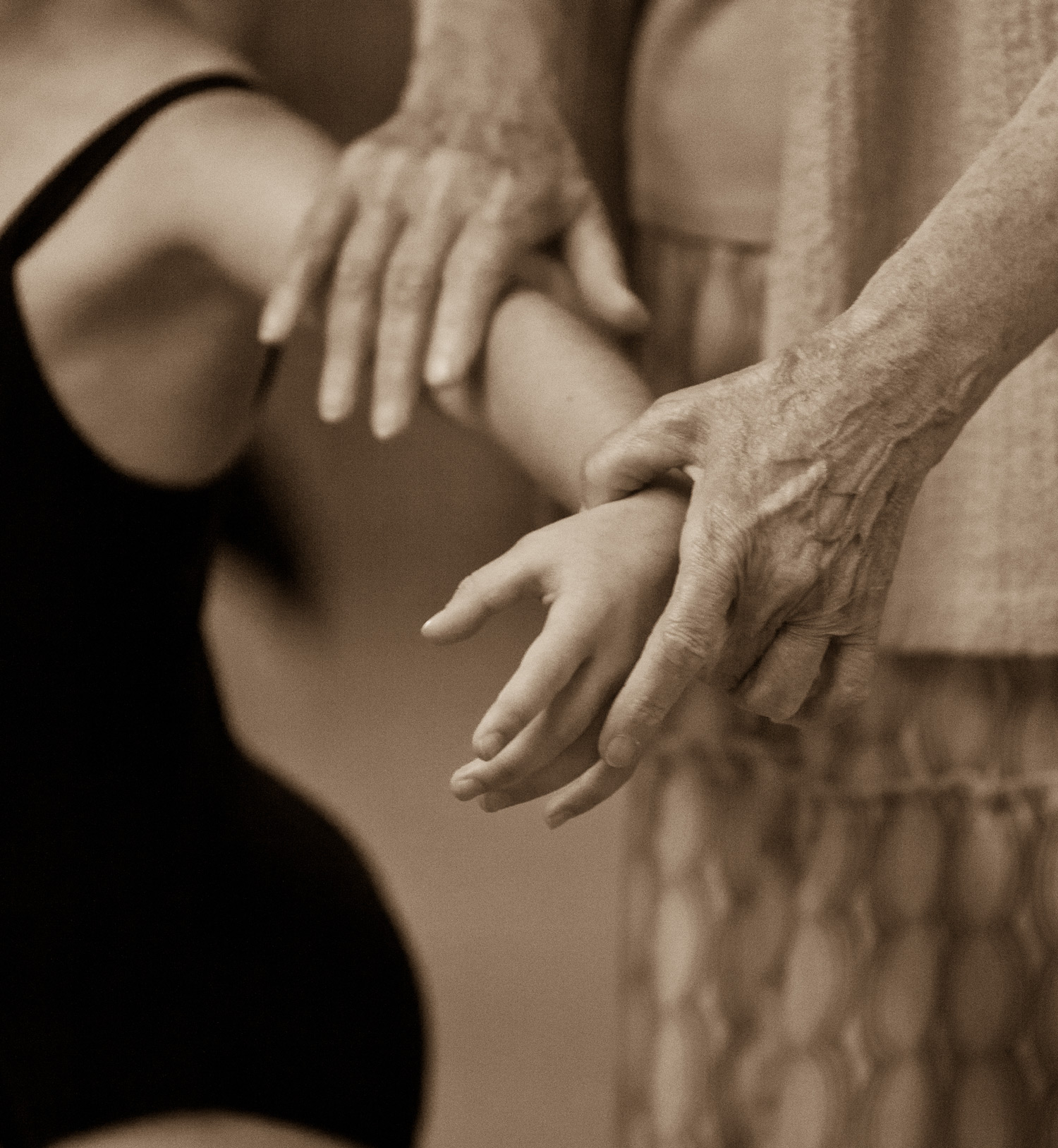Every professional ballet dancer who takes the stage today in a matinee or evening performance has been where your child is. They started out in beginner’s ballet. Even if your young dancer doesn’t dream of joining a world-renowned troupe, they will benefit greatly from practicing ballet basics away from the studio, emphasizing mastering the five positions of classical ballet.
In this post, we describe these positions and some ideas for making practice at home fun. It’s worth noting that feet positions are always the same regardless of the studio. Arm positions are a bit different. They will vary from studio to studio. You should check in with your beginner’s ballet instructor to find their preferred arm positions, then pair them with the feet position descriptions below.
Four Foundational Positions
Basic classical ballet instruction focuses on four universal feet positions. The positions of the arms and hands, though, are common. However, as mentioned earlier, upper body movements will vary, so what we describe may not be what your child is learning from their ballet instructor.
As you work with your child on this and other positions and poses, think of age-appropriate words that might help them better understand feet and arm positions. So instead of saying “fingers together,” you could say “like your hands are in a mitten.” Using descriptions that paint a picture will challenge your creativity while helping your child understand – and remember – each position.
1) First Position
The most straightforward pose is always an excellent place to start to build strength, flexibility, and confidence.
- Heels are together with toes pointing outward to form the letter V.
- Legs are straight.
2) Second position
The key to this pose is keeping feet about hip-width apart. That’s the sweet spot for executing a solid second position. Too far wide and the distance makes it difficult to move on to another position or pose.
- Feet are wider apart than first position, toes pointing outward.
- Legs are straight.
3) Third position
Most instruction excludes this position because it tends to look like a sloppy fourth or fifth position, so we generally don’t refer to this position ever.
4) Fourth Position
One of the most iconic moves in classical ballet, the pirouette, begins from the fourth position. As your child masters ballet basics and takes more advanced instruction, they will need to master this position.
- Step forward with the right foot so that it’s about a foot away from the left.
- Align the heels with the opposite toes.
- Legs are straight, with knees and feet facing outward.
5) Fifth Position
Arguably the most difficult of all the positions, the fifth position is another one to be mastered if your young dancer wants to move up from beginner’s ballet. Fifth position is often a transition move that sets up turns and jumps.
- Align the heels with the opposite toes.
- Legs are straight, with knees and feet facing outward.
- Turn the right foot outward and place the left foot directly behind it in the opposite direction, so heels and toes are touching.
Tips for In-Home Practices
Now that you know the four positions, try them out for yourself. Unless you’ve had ballet training before, you’ll be surprised by how difficult these seemingly simple positions can be. Muscles and joints are asked to move in unusual ways, so building strength to perform even basic ballet moves is necessary. That’s where in-home practice pays off and makes studio time much more productive.
Some tips will make your sessions more enjoyable for you and your dancer. We already talked about using familiar imagery to help your child lock into what a position should look like. You can also tap into their sense of play with games like Simon Says, and the mirror game, where you move into a position, and your child does exactly what you’re doing. Lastly, if you’ve got the space for it, invite a few ballet classmates to join in to amp up the fun factor.
At Central Pennsylvania Youth Ballet (CPYB), girls and boys build on the four positions in beginner’s ballet classes. They also learn ballet vocabulary and classroom etiquette in a progressive sequence based on their development. These ballet classes for three-year-olds and up in Carlisle, PA, will help your son or daughter develop the life-long skills of focus, discipline, and confidence. Learn more about CPYB children’s division by visiting our website.
